Climbing Holy Mount Sinai
A photo gallery
Mount Sinai is a special place for Christians. Here God appeared to Moses, spoke with him and gave him ten commandments; here St. John the Climacus, Abbot of Mount Sinai, lived at the Monastery of St. Catherine, at the foot of the mountain. And the mount itself with its steep steps is a visible symbol of asceticism.
Unfortunately, nowadays the word “Sinai” more and more often sounds in military communiques and tragic news reports: the Sinai Peninsula more than once has been a scene of military clashes with radical Islamists, and its northern part is currently controlled by the IS militants. For Russian people Sinai now is also the site where a Russian airplane crashed in October 2015, killing all of its 224 passengers.
But the holy site will always attract pilgrims, because the Liturgy at the Holy Trinity Church on the top of Mount Sinai is always filled with the sense of presence of God.
Archpriest Igor Pchelintsev together with other pilgrims of the Russian Ecclesiastical Mission in Jerusalem made a pilgrimage to Mount Sinai. Here is his photo-report made during this trip.
A journey to Sinai
It was my first trip to Mt. Sinai and Egypt. The journey here was quite long. At 4:30 we departed from Tel Aviv.
There are 220 kilometers (c.136.7 miles) between the Israeli border and Mount Sinai. High-speed Egyptian fixed-run taxis for tourists cover this distance in two hours, but now there are 12 checkpoints for 200 kilometers (124.27 miles). Sometimes they inspect documents and sometimes just look and sign some papers, like trip sheets, to drivers. This is because of IS. There was a fighting not far from there the other day, when up to fifty IS militants were killed at the Israeli border. It is usually quiet in the tourist areas, while there is a tension in North Sinai (this trip took place before the terrible tragedy with the Russian plane in North Sinai).
At St. Catherine’s Monastery
We arrived at St. Catherine’s Monastery just ahead of the evening service. We put up at the hotel and went to the Vespers. The service was not long. It was celebrated by a hieromonk who did not enter the sanctuary and read or proclaimed all that was needed either in front of the royal doors in the middle of the temple or from his place on the left choir. One hieromonk and one layman performed antiphonal singing, standing in the stasidia in front of each other. Another hieromonk censed during the service.
After the service, the relics of Greatmartyr Catherine were brought out for veneration and the saint’s inscribed small rings were distributed to the faithful as a blessing. Some got one ring or two rings, I personally was given three rings of different size.
Then all went to the Burning Bush. We venerated the place under the altar of another aisle – exactly where Prophet Moses had stood. At the entrance all of us took off our shoes – in memory of the Biblical words. The Burning Bush itself is situated behind the high altar of the main monastery basilica – the Church of Holy Transfiguration. The Bush is now not available for veneration, because earlier pilgrims would try to snap its twigs.
Any photographing inside the main monastery church is prohibited, so there will be no photos from that church.
By the way, from its foundation in the fourth century and beautification by the Holy Emperor Justinian in the sixth century, the monastery was dedicated to the Transfiguration of the Lord, but by the eleventh century it derived its present name – in honor of Great Martyr Catherine.
After the service and veneration of its shrines everybody went to a small monastery museum with icons, ancient manuscripts, church vessels – the historic heritage. Most of all I wanted to see the “Savior of Sinai” icon “face to face” – this is my most favorite icon of the Lord. And we did see it! It is only a pity that the museum shop had no good quality reproduction of this icon (only distorted colors or poor quality of print). And I wanted to have it at home so much…
After the evening service and a frugal dinner we had a short rest, read the rule for the Liturgy and left St. Catherine’s Monastery at about 11 PM.
It should be said that our group, thanks to negotiations of Fr. Leonty who knows Greek, managed to receive a blessing to celebrate a Liturgy right on the summit of the mountain.
According to the monastery’s assistant abbot, who gave us the church keys in exchange for our (with Fr. Leonty) passports and permits for conducting services (issued by Patriarch Theophilos III of Jerusalem), it was an exception to the the rule. Besides, the repair in the church was not completed yet and we were to serve in not very good conditions. But we were prepared for anything; glory be to God that we received a blessing to celebrate this Liturgy. All that we needed after this was to climb the mountain…

The fresco of the Transfiguration of the Lord at the church entrance
Photo by Archpriest Igor Pchelintsev
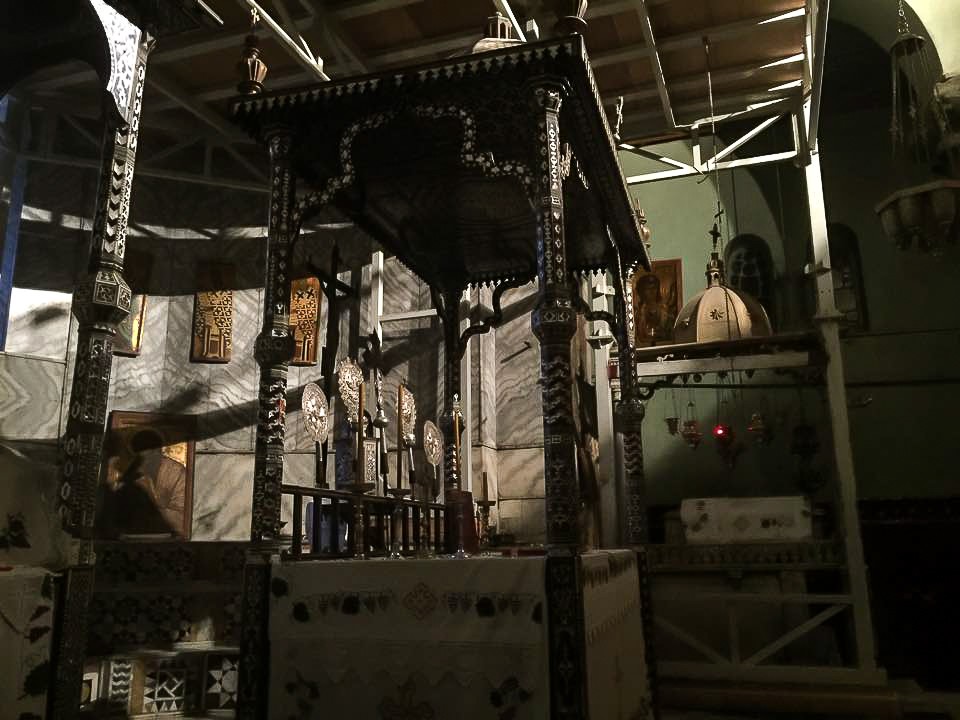
A canopy above the altar in the sanctuary of the main church. Everything inside the church is lit by a single light bulb; otherwise there are only candles and icon lamps in the temple
Photo by Archpriest Igor Pchelintsev
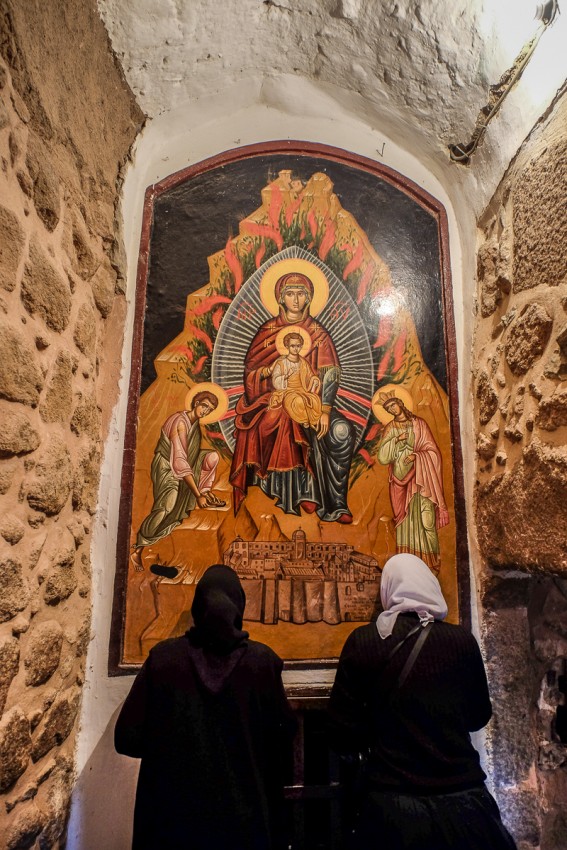
The Burning Bush as a symbol of Holy Theotokos. Below are Moses and St. Catherine
Photo by Archpriest Igor Pchelintsev
The service at the Holy Trinity Church on Mt. Sinai
In total darkness under the starry sky we first reached the ground where guides ask people who is going to ride up on camel. Cameleers at once go out of the darkness, take pilgrims and lead them to the camels that are dozing among the stones.
From time to time the cameleer asked me in Russian: “How do you find the camel, father?”
We went a little way from the footpath. It was interesting to watch a string of people moving up the path and illuminating the way before them with their small lanterns. Silence and prayer. Thus we reached the height of 2000 meters (c. 6562 feet). We needed to walk the rest of our way on foot: the “steps” soon began. 3750 stone steps, and there is also half a kilometer (c. 0.31 mile) of walk on a path before them. As we prepared for the service, we drank neither tea nor water before our departure, and this did not make our ascent any easier.
We reached the Holy Trinity Church on the top at about 2:30.
After 2:30 all of us gathered together, prepared everything for the service and began it. Nearly all the members of our group along with the pilgrims from a Mount of Olives’ monastery took Holy Communion.
Descent from the mountain
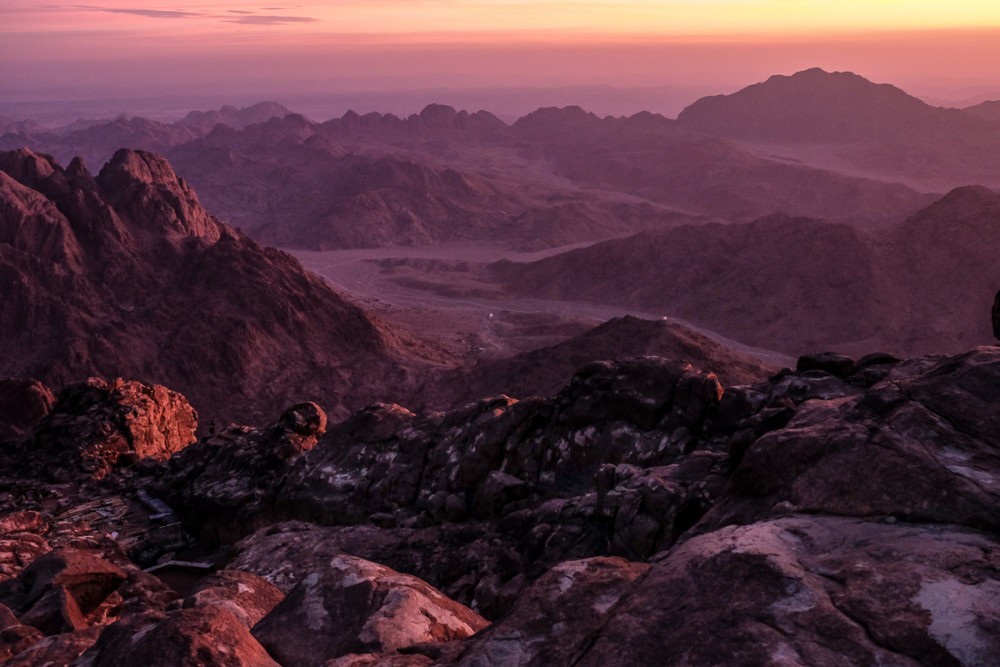
Camps of the Israeli people may have been in the valleys beneath the mountain, as they waited for Prophet Moses who had climbed the mount to speak with God
Photo by Archpriest Igor Pchelintsev
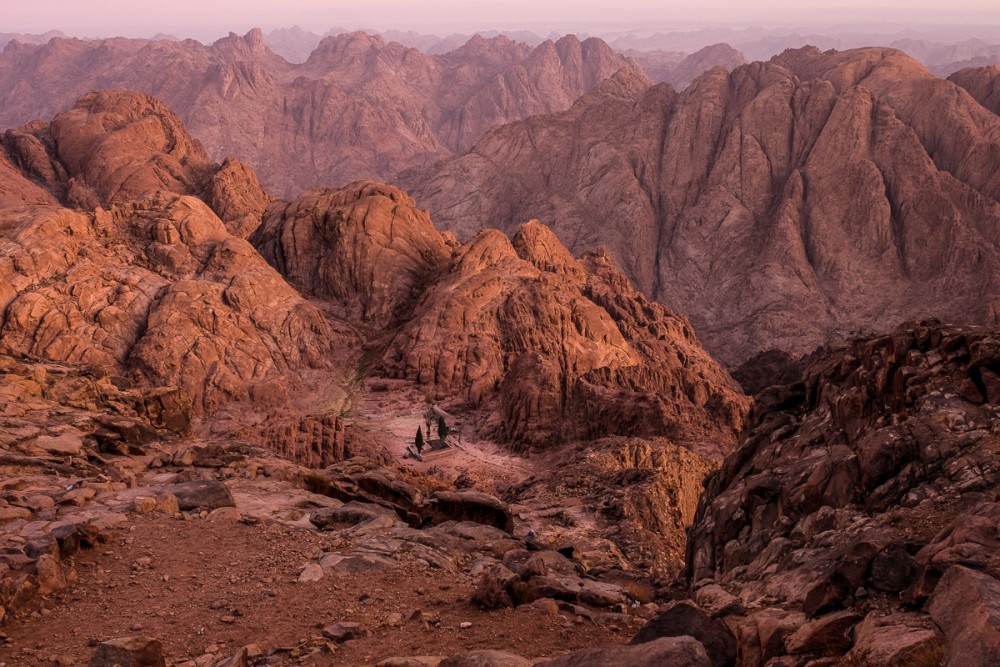
The Skete of St. Elijah. According to tradition, the Holy Prophet Elijah (Elias) for some time lived in this part of the Horeb Mountain
Photo by Archpriest Igor Pchelintsev
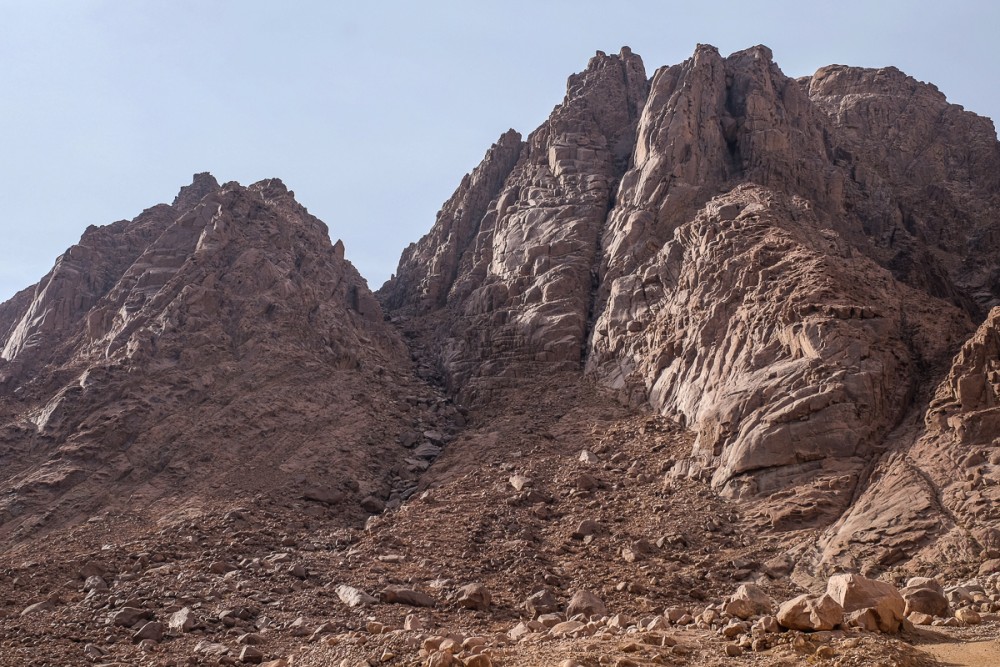
The end of “the Monk’s Walk of Repentance”. The path descends from the cleft in a dark stripe. The final section of its 3750 steps
Photo by Archpriest Igor Pchelintsev

St. Catherine’s Monastery is seen between the mountains in the vale
Photo by Archpriest Igor Pchelintsev
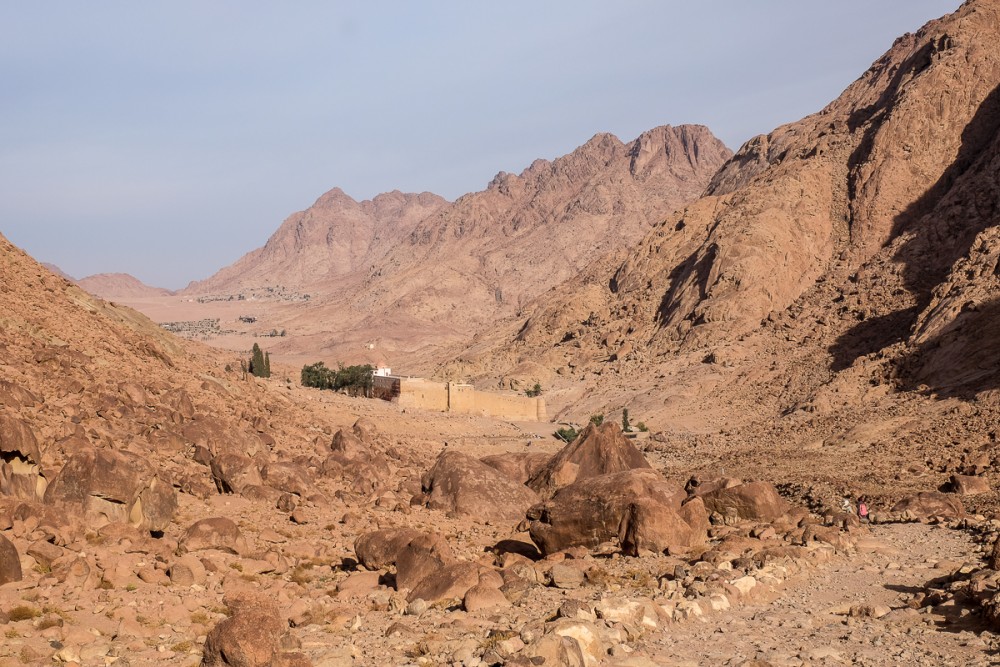
The monastery is nearer, but it is more difficult to walk: there are many stones on the path
Photo by Archpriest Igor Pchelintsev


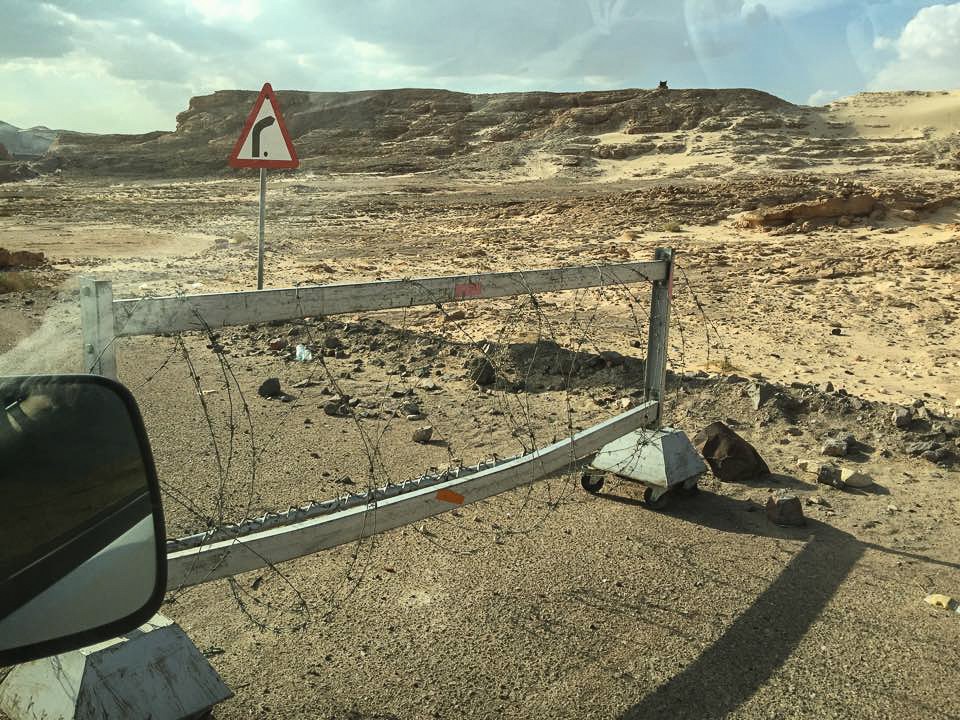
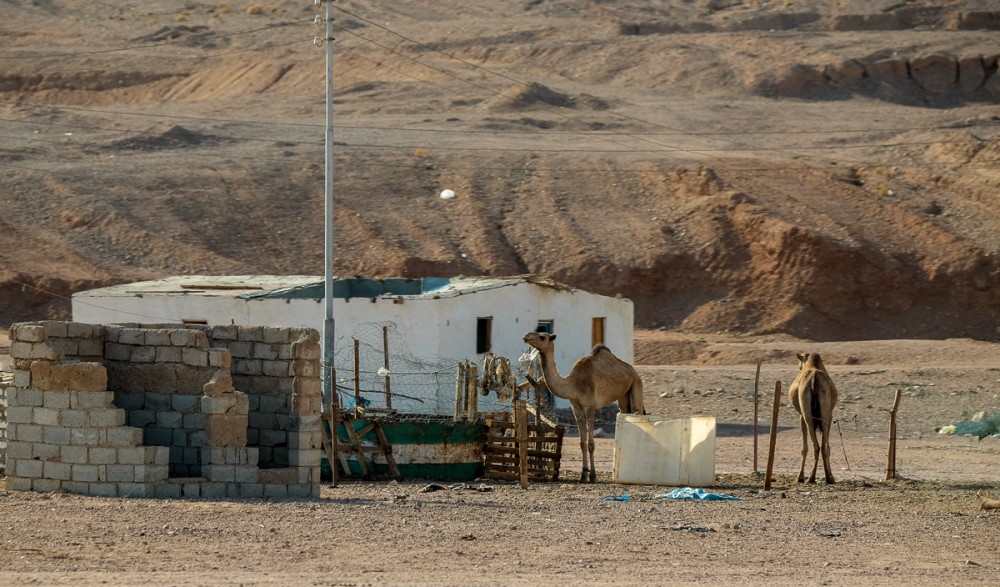
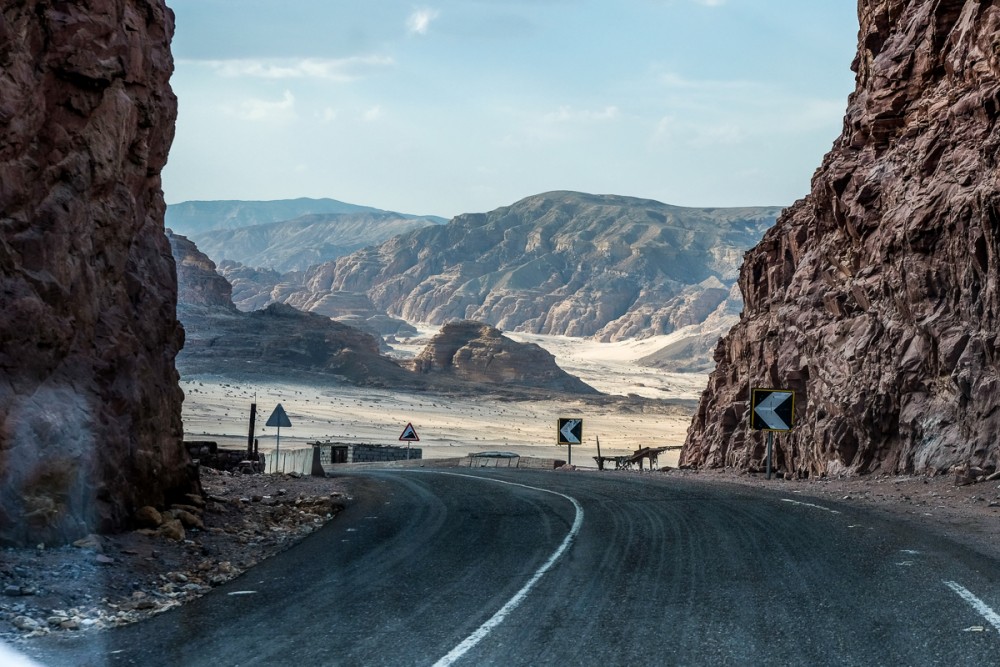

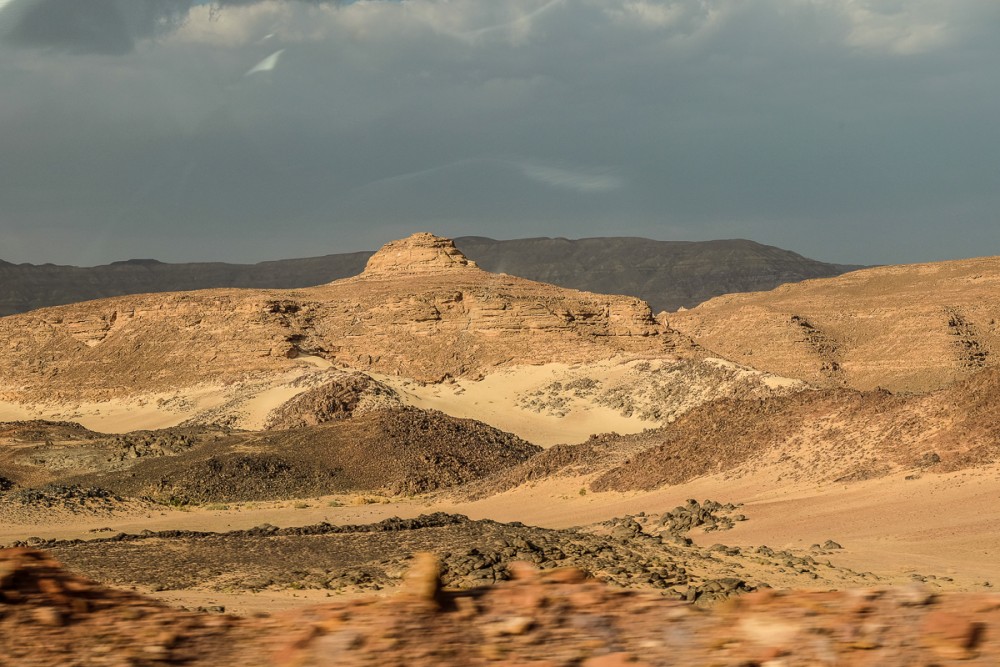
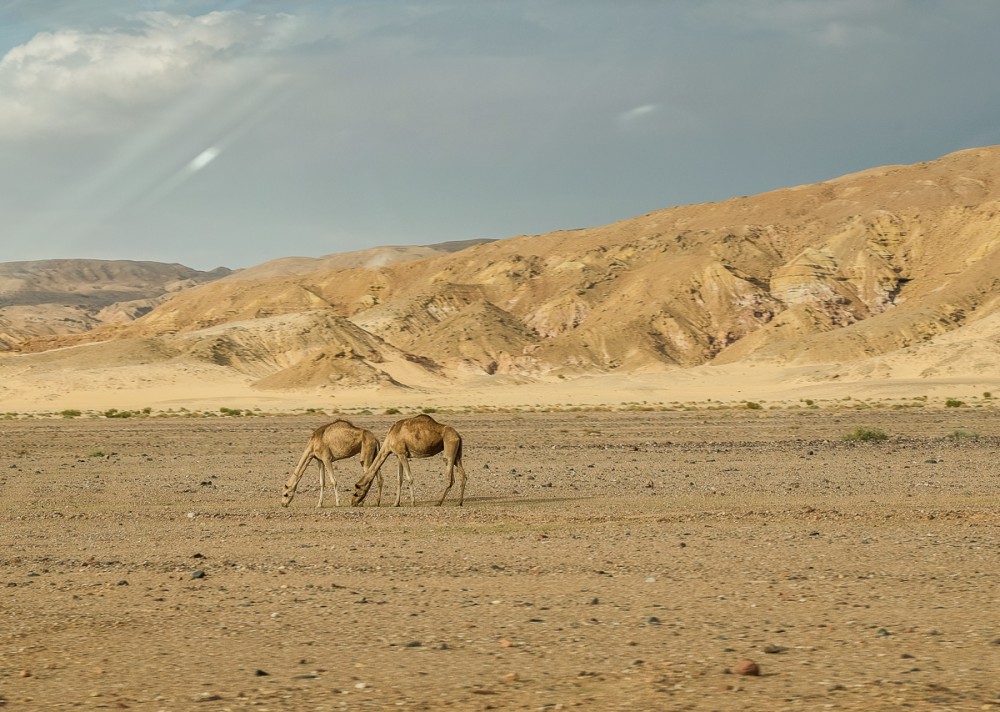
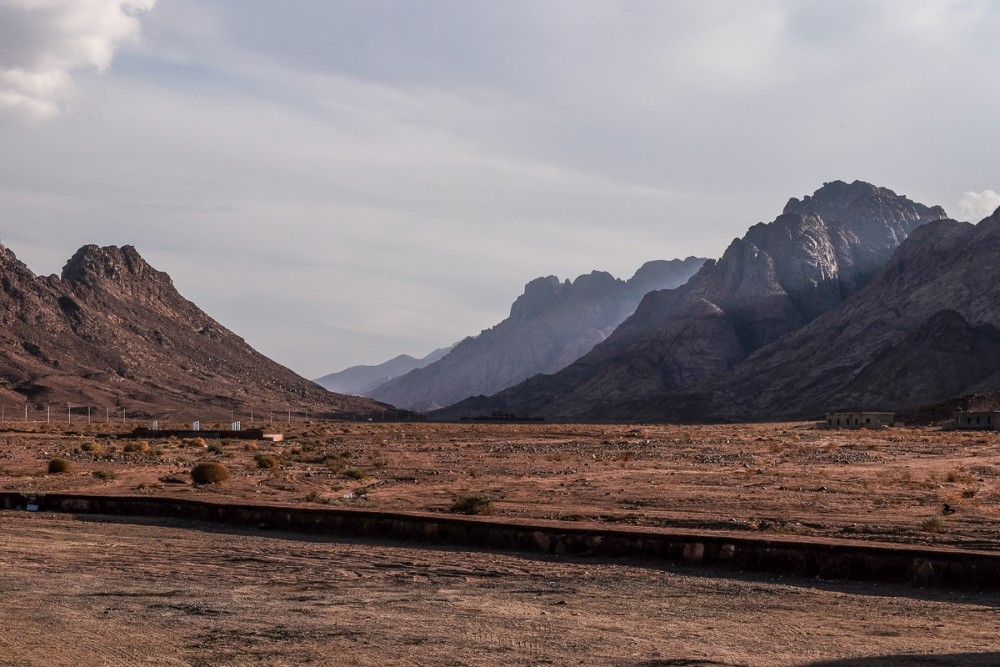
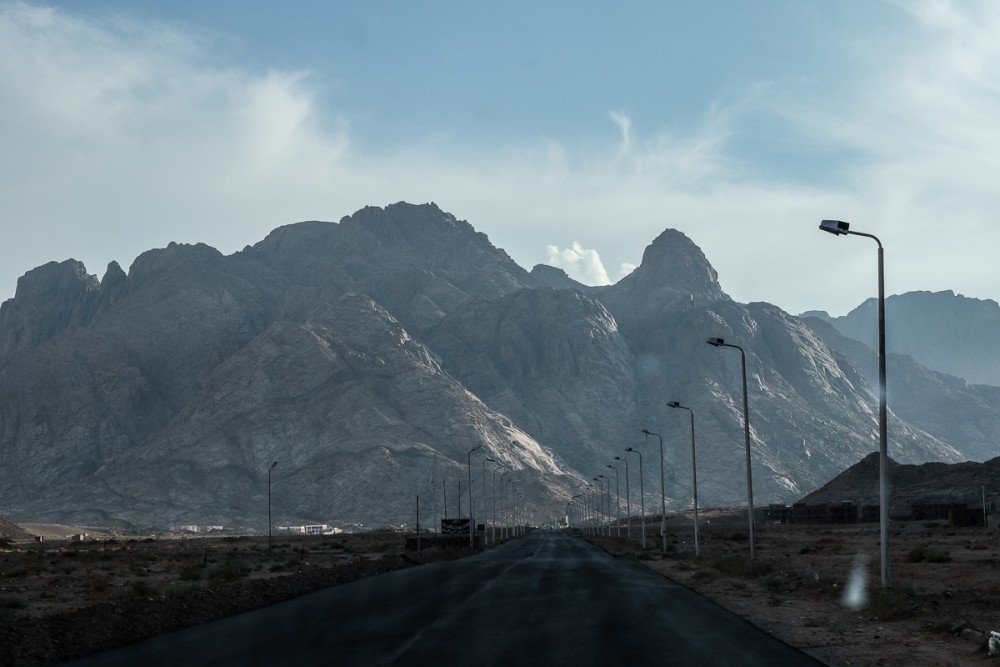
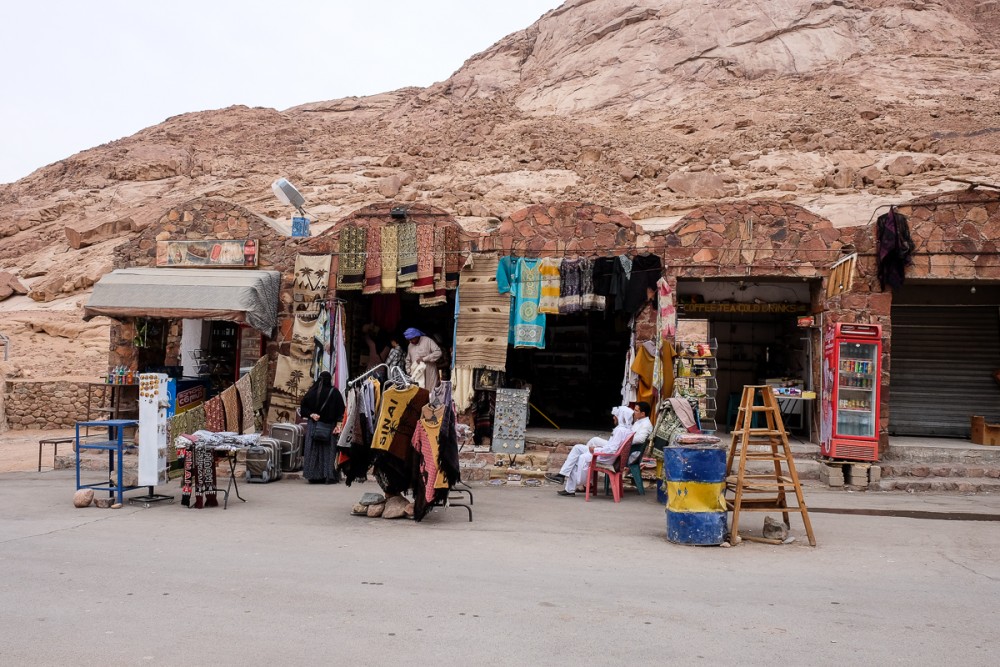

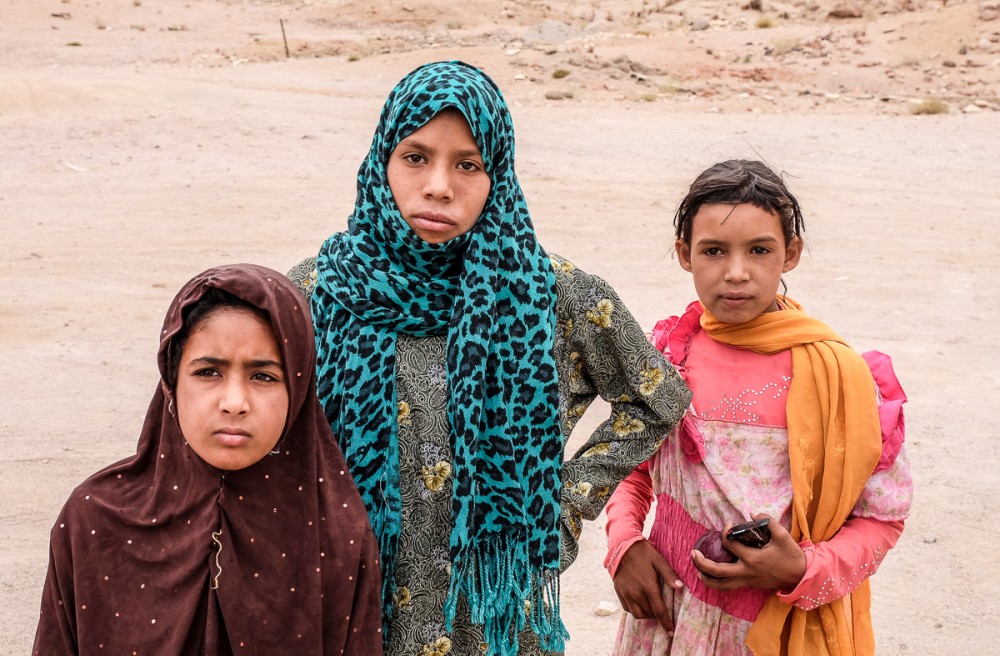
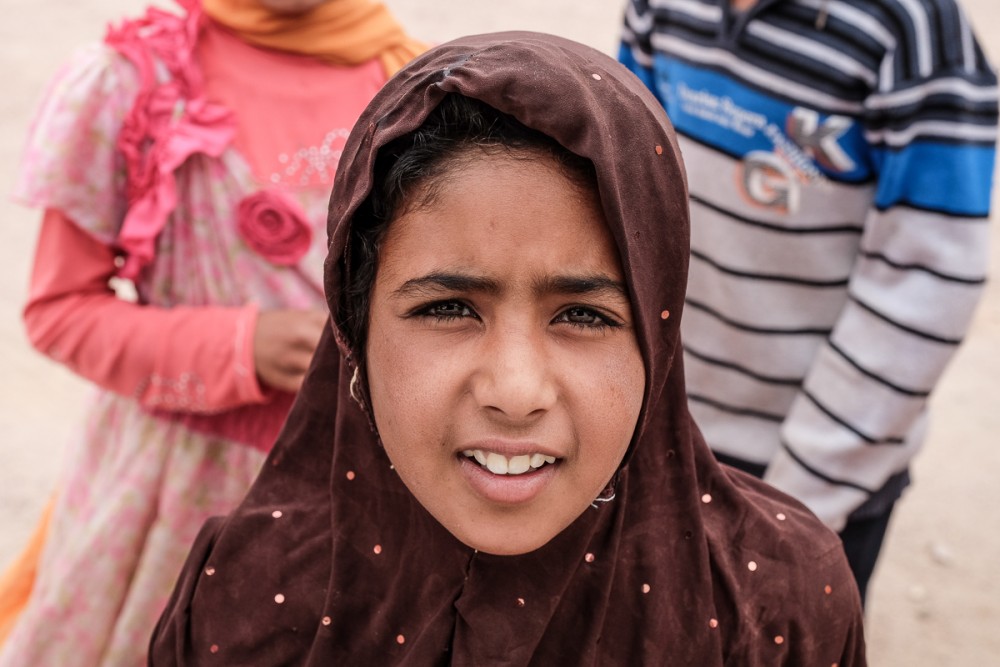

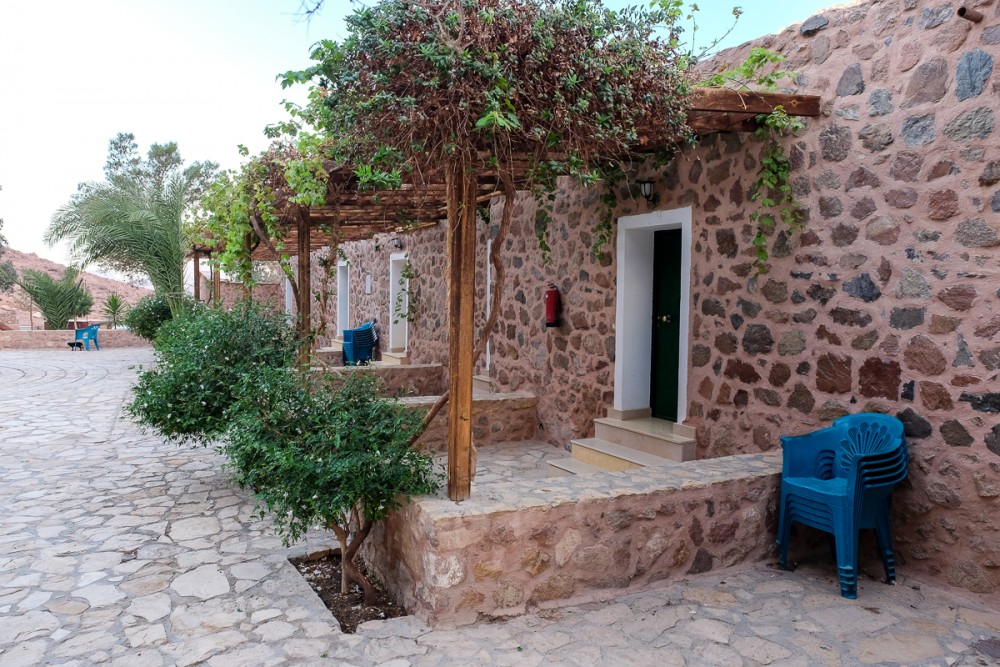
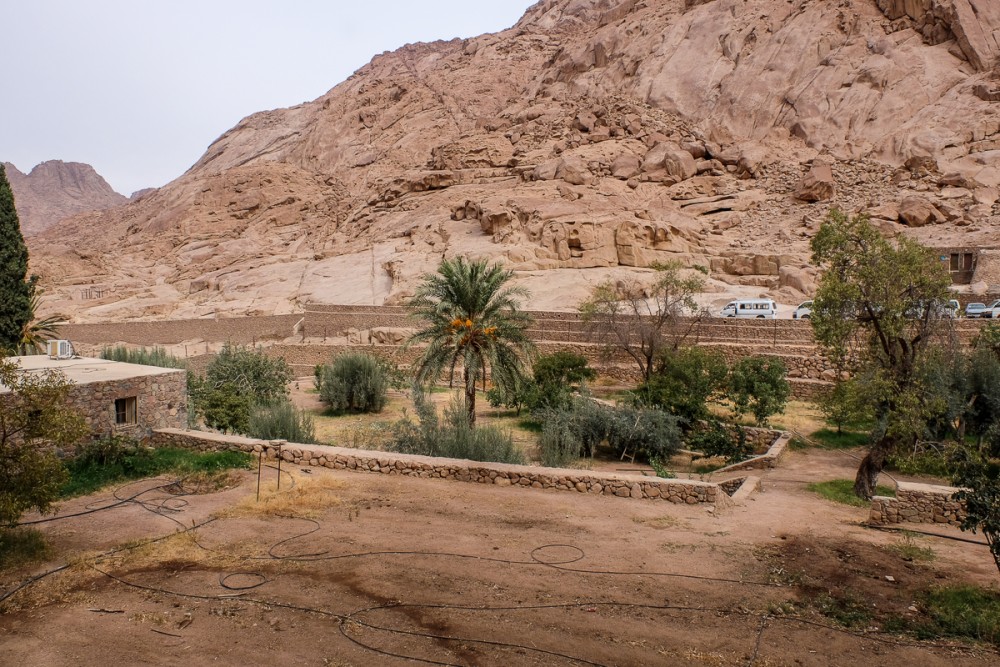
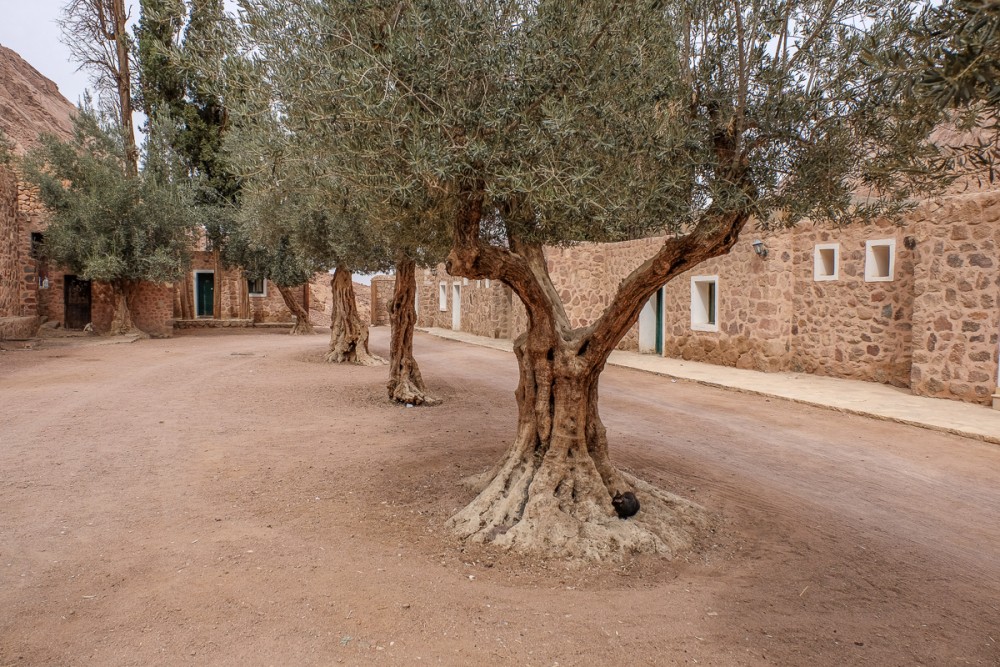
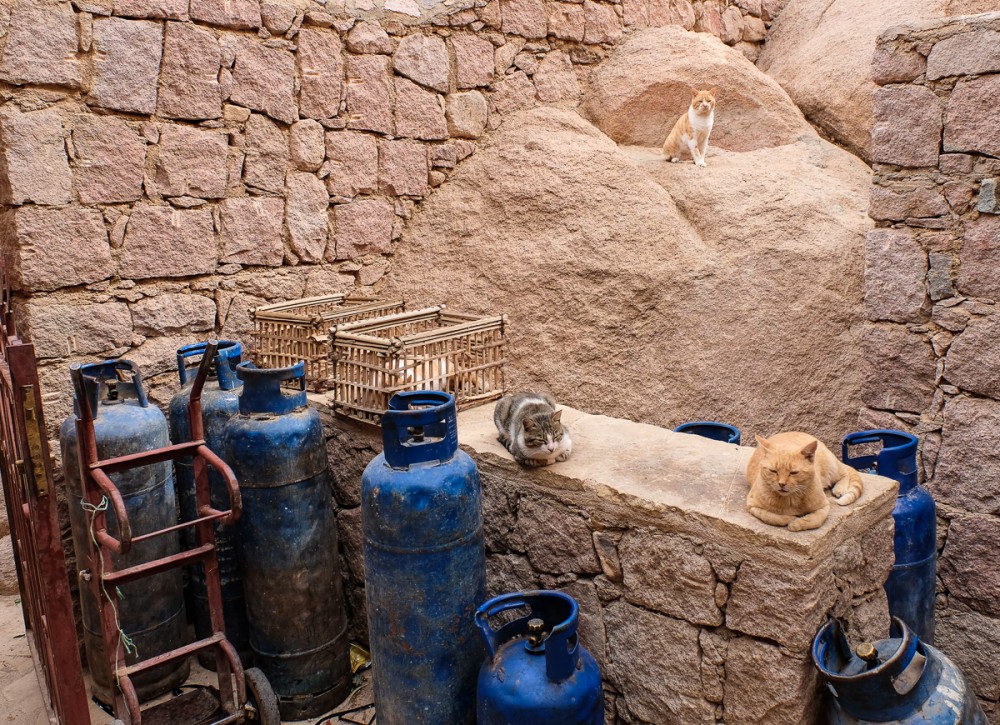
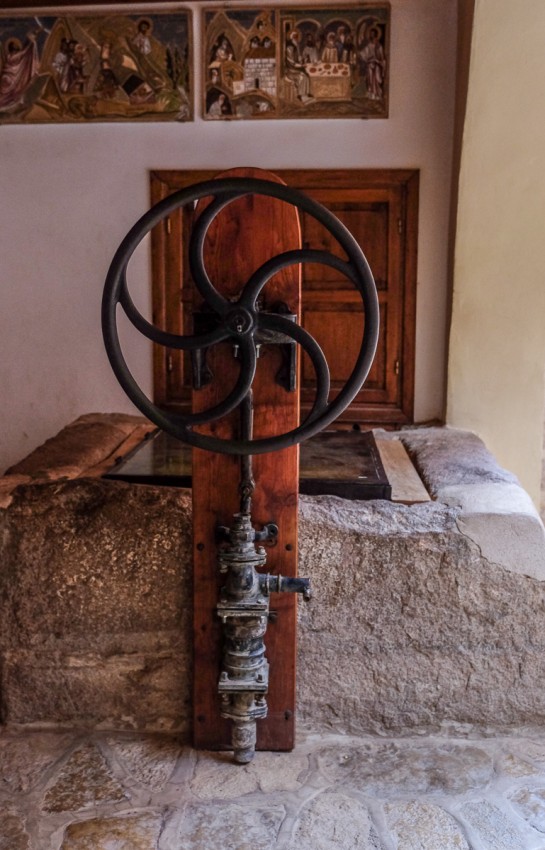
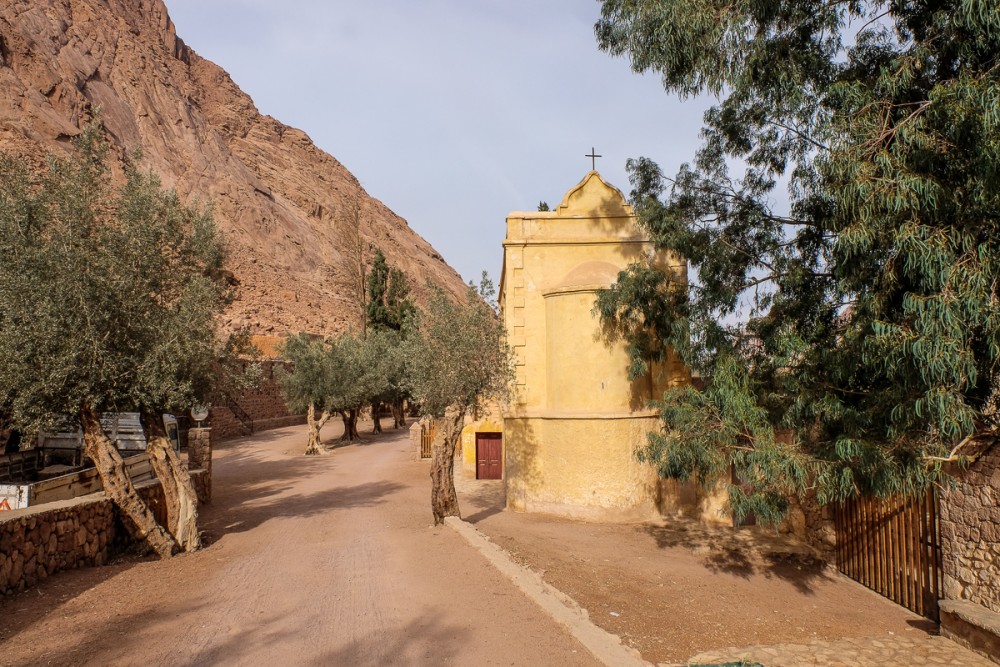

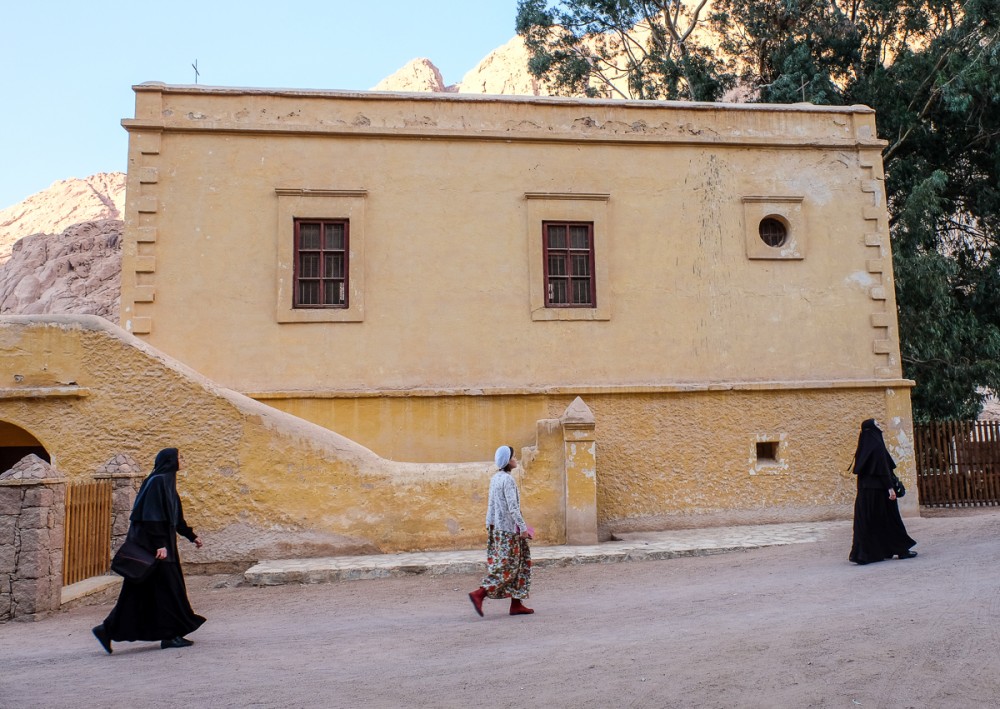
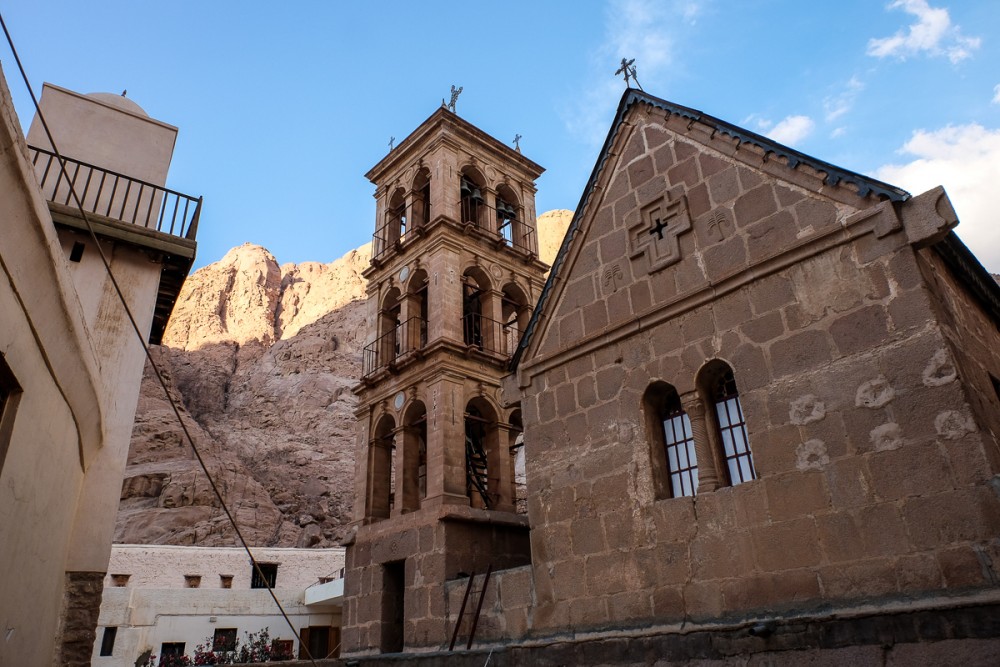
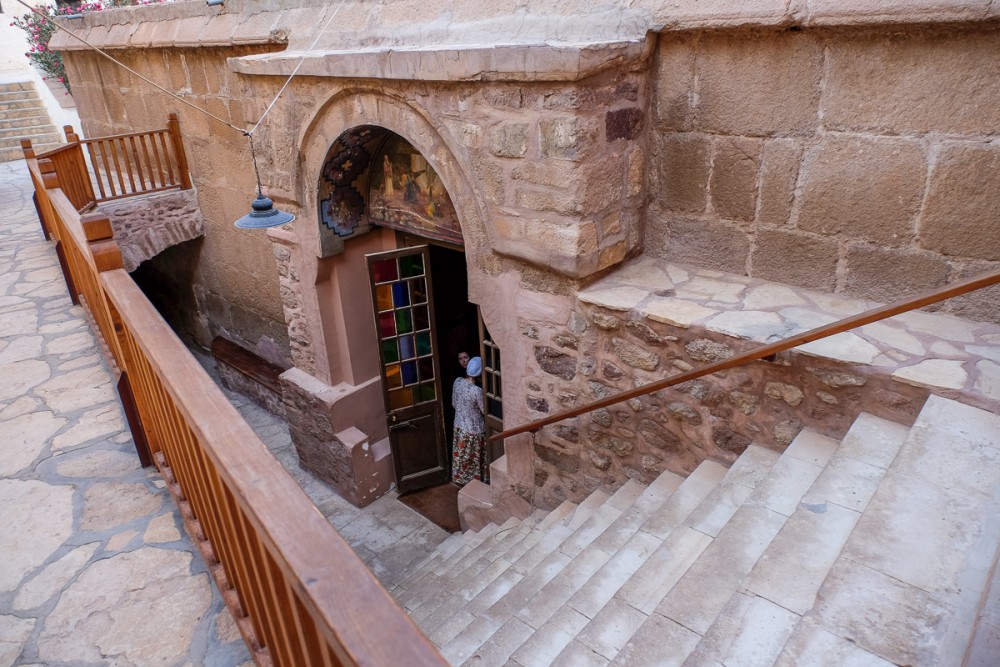
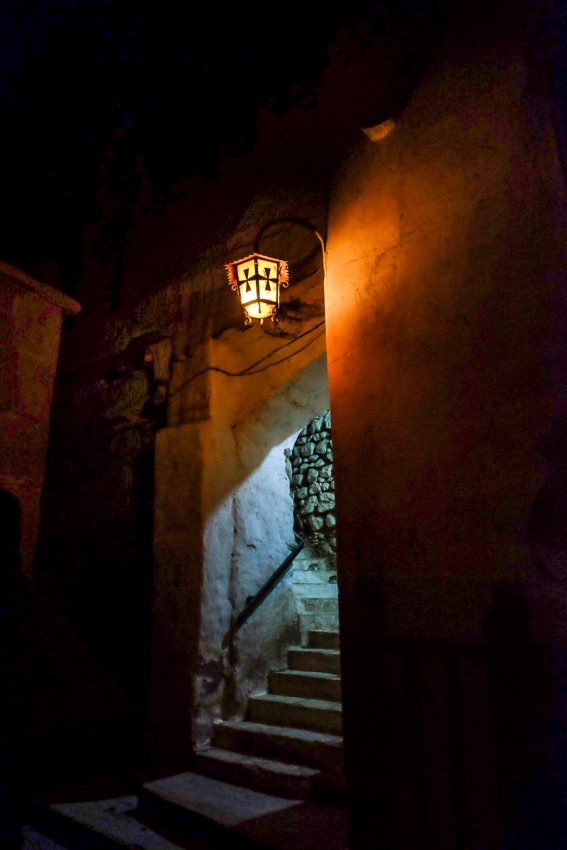
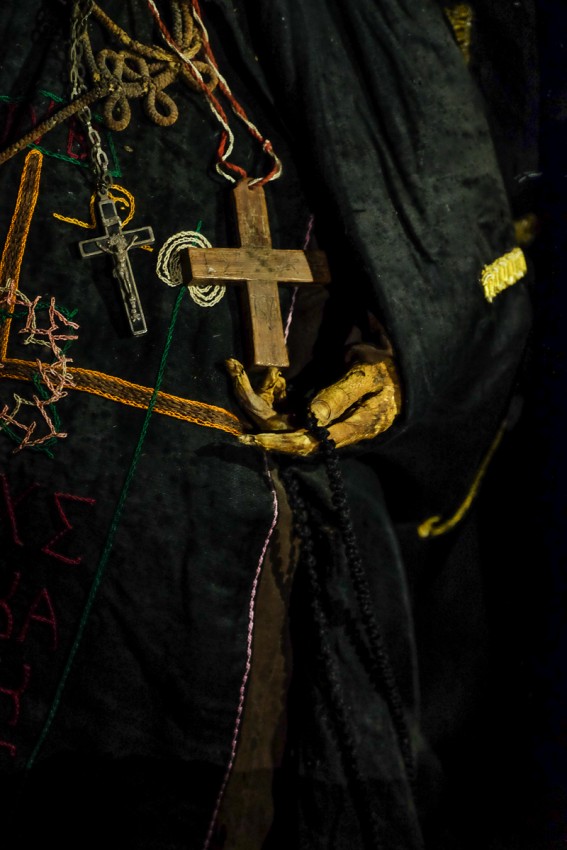

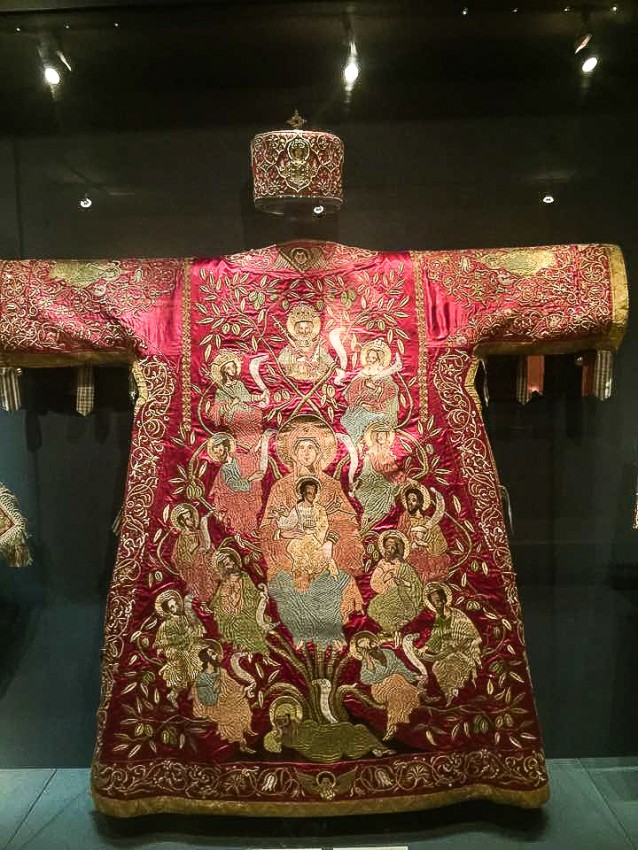
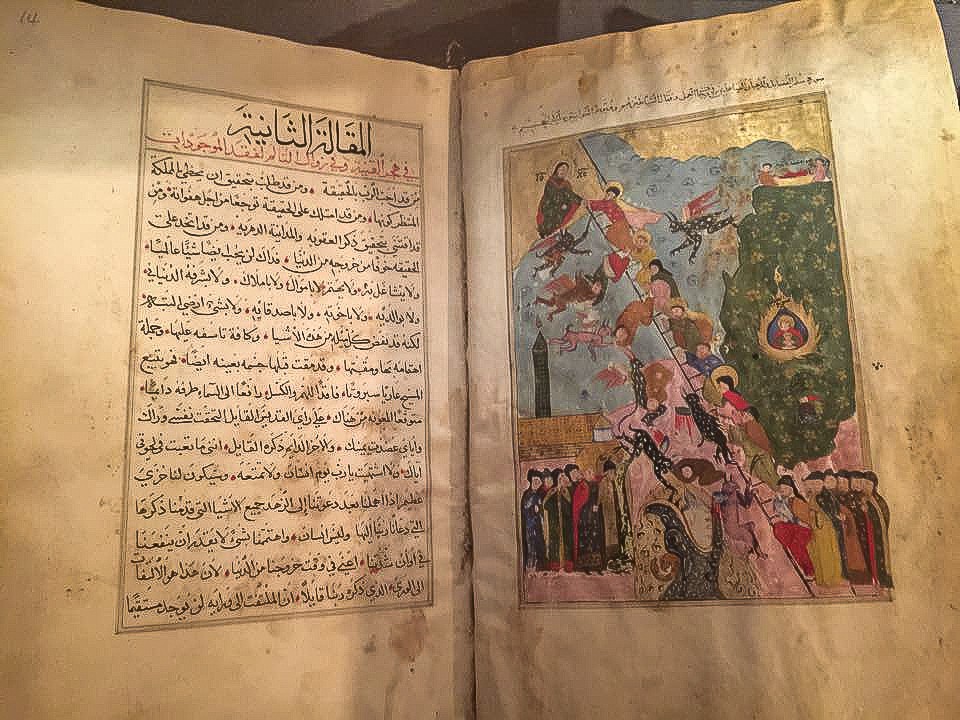
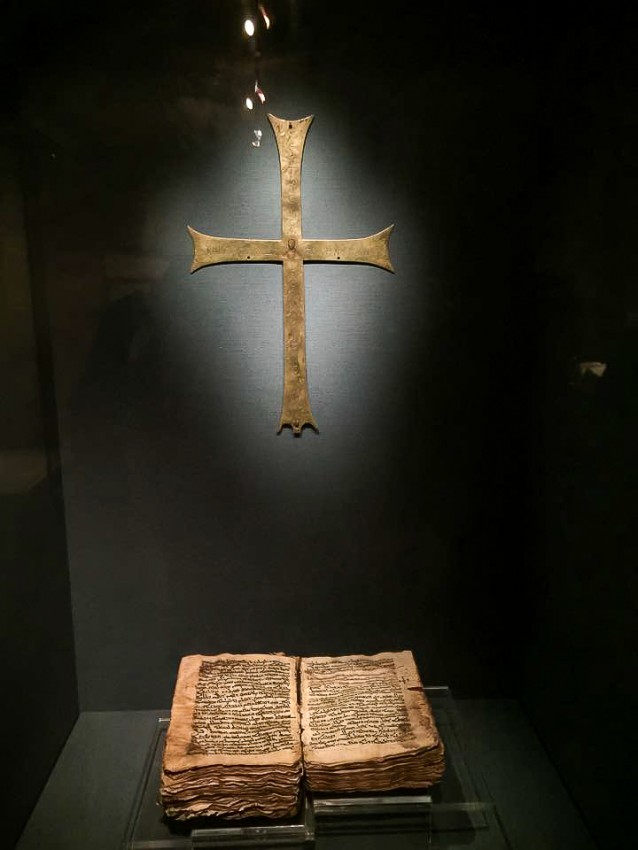
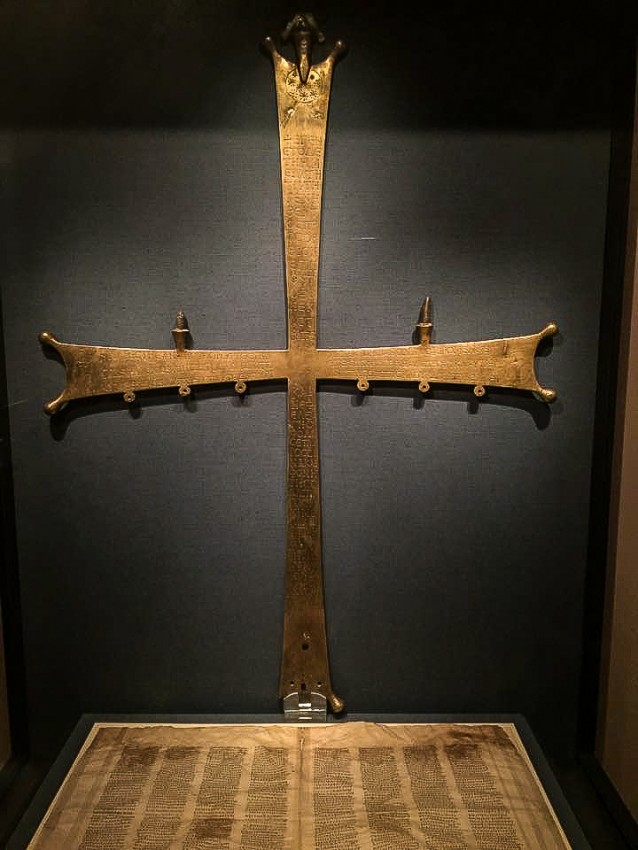
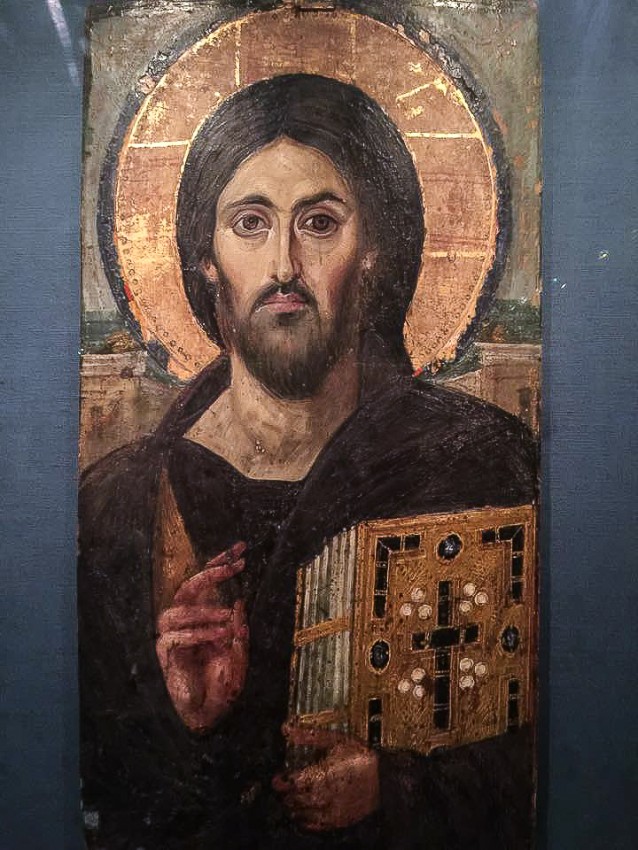
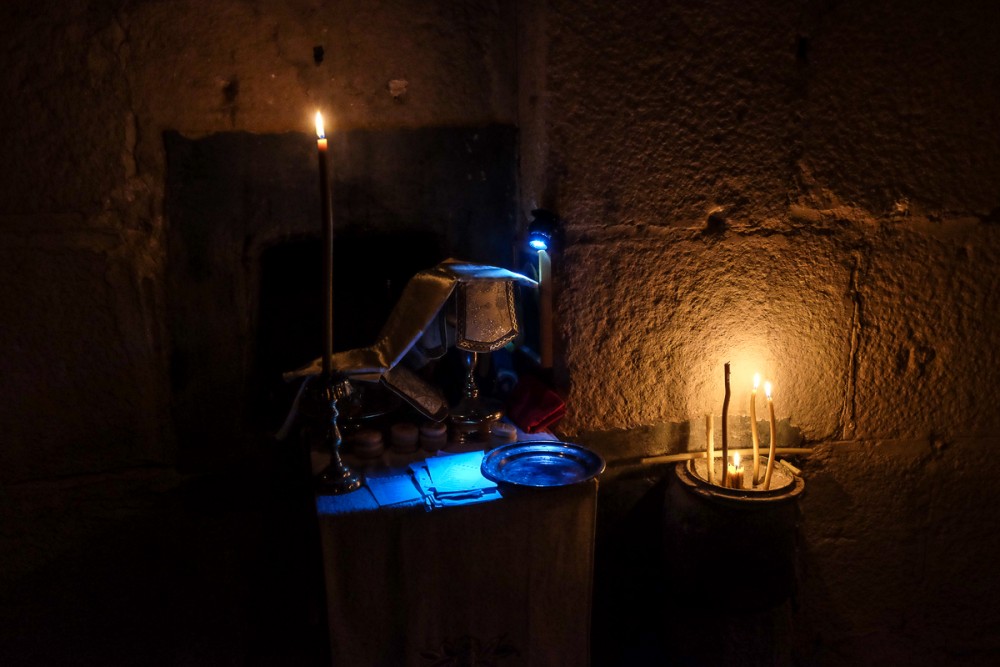
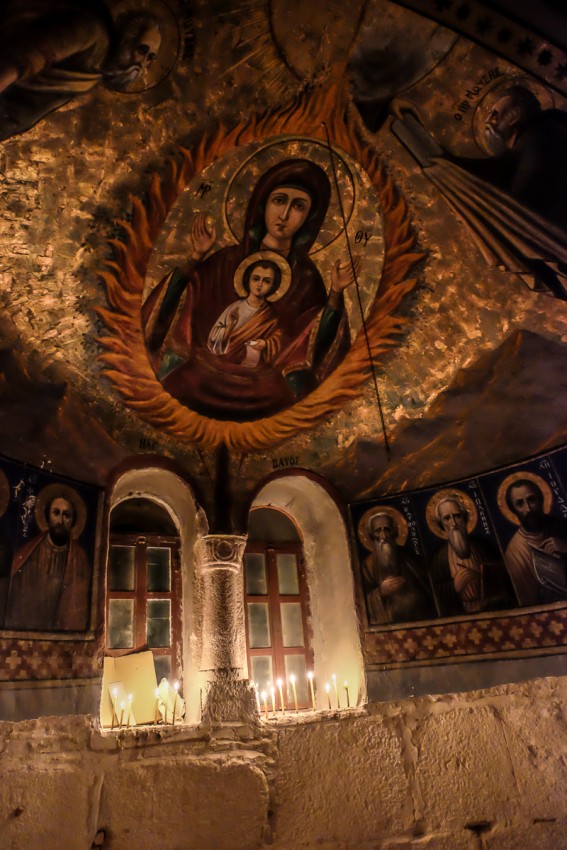

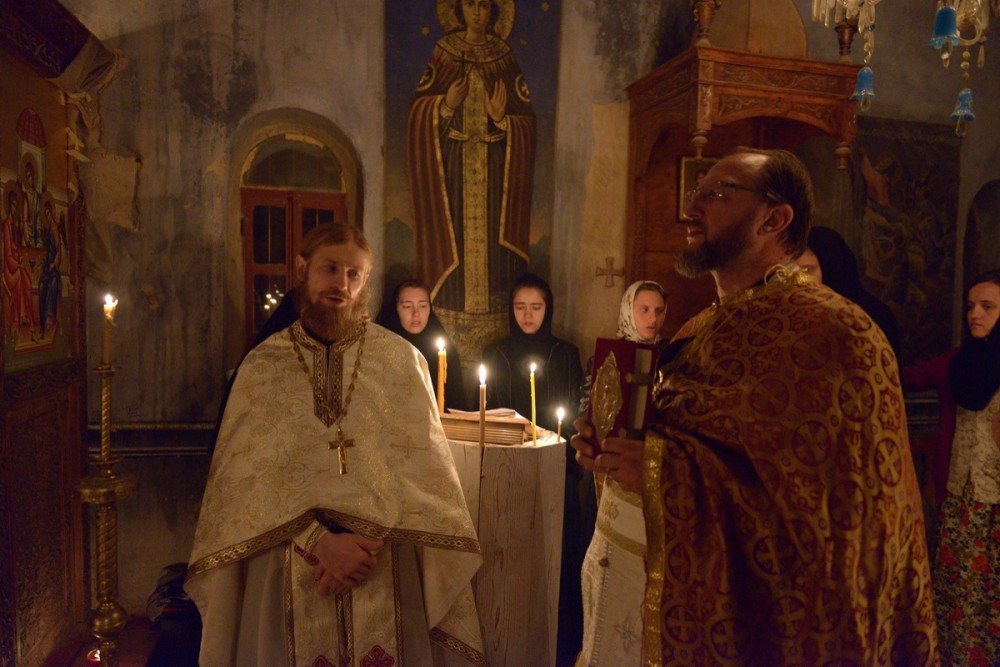
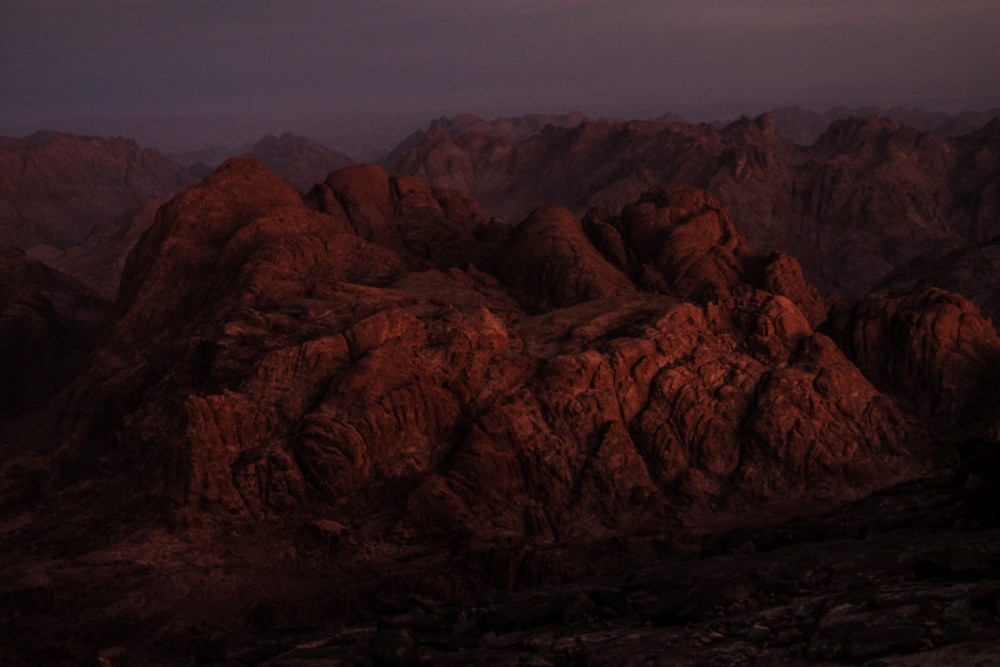
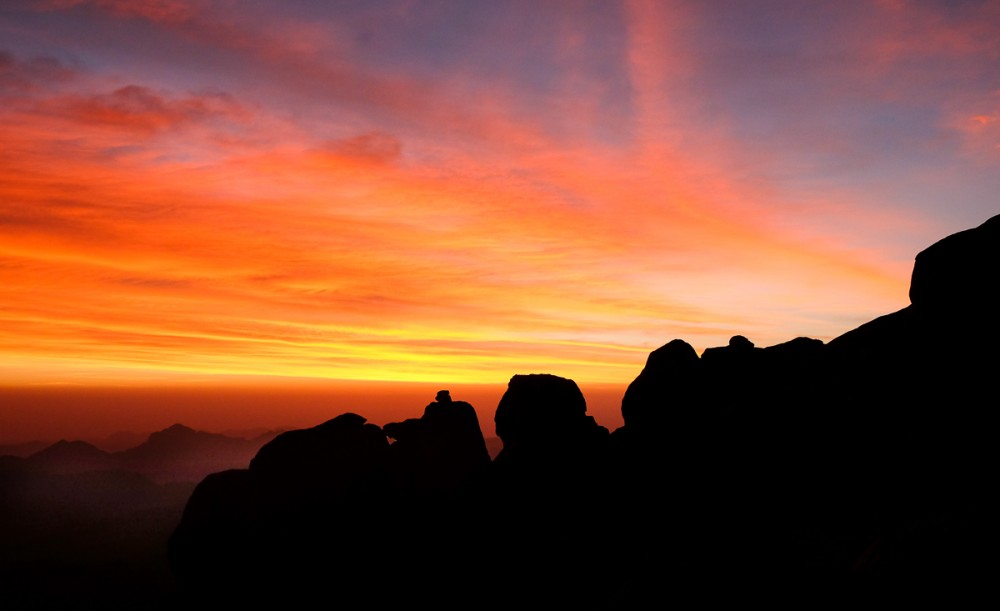
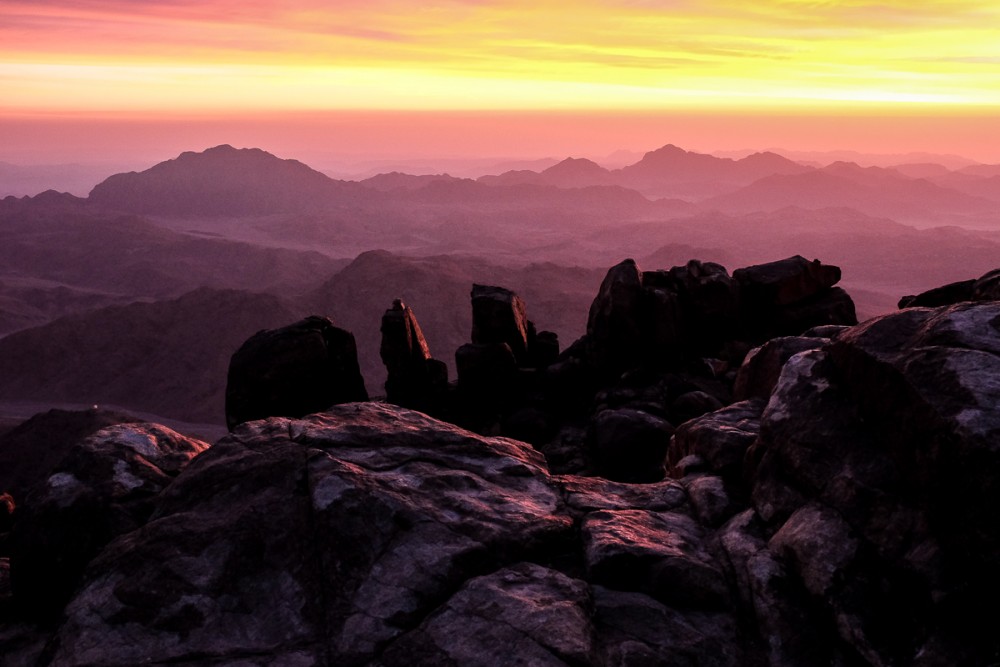
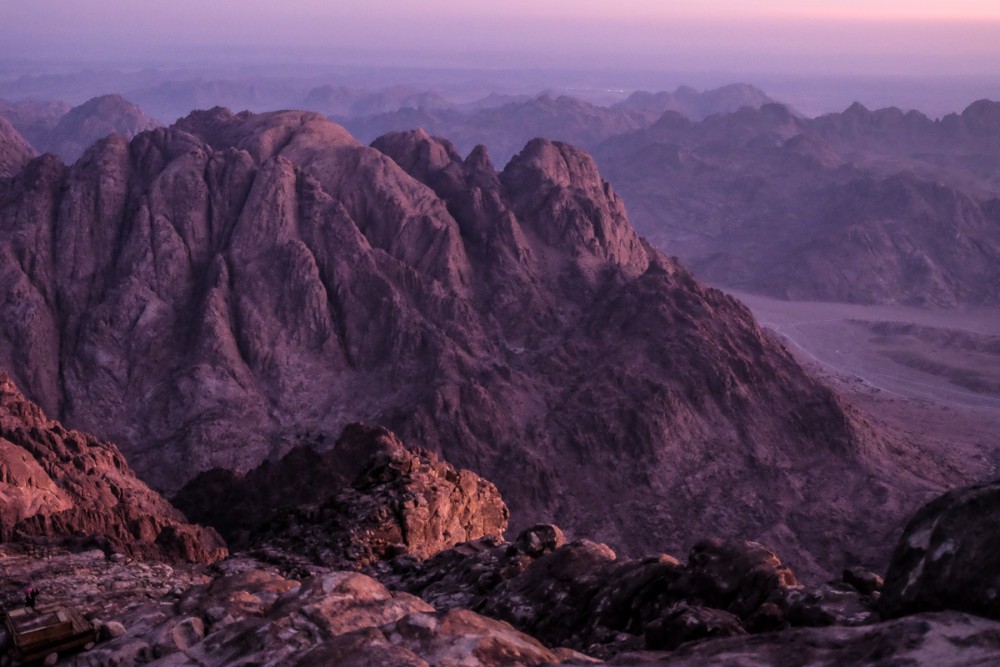
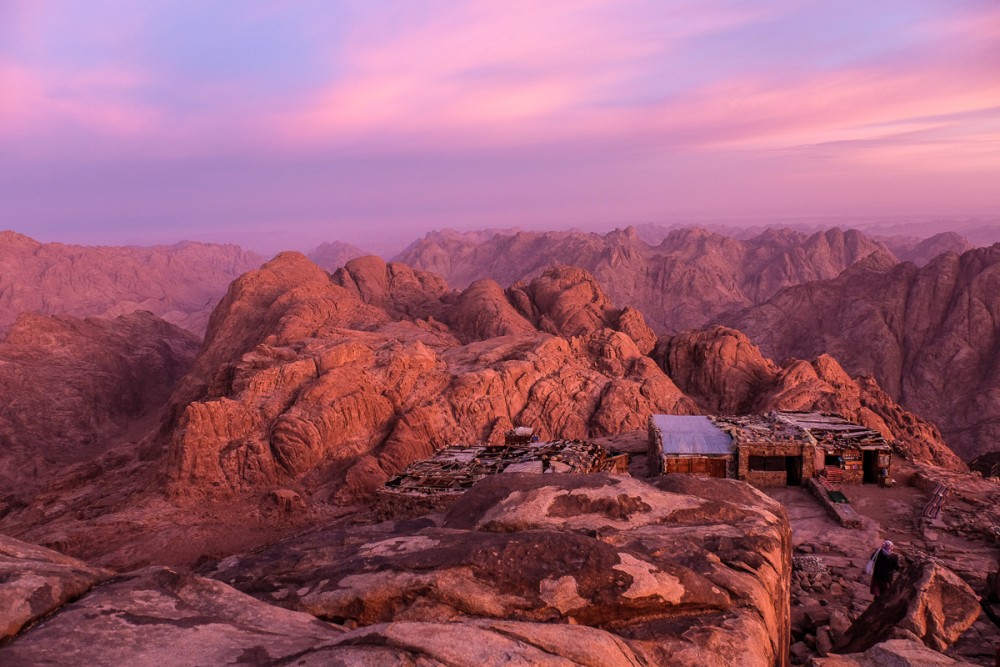
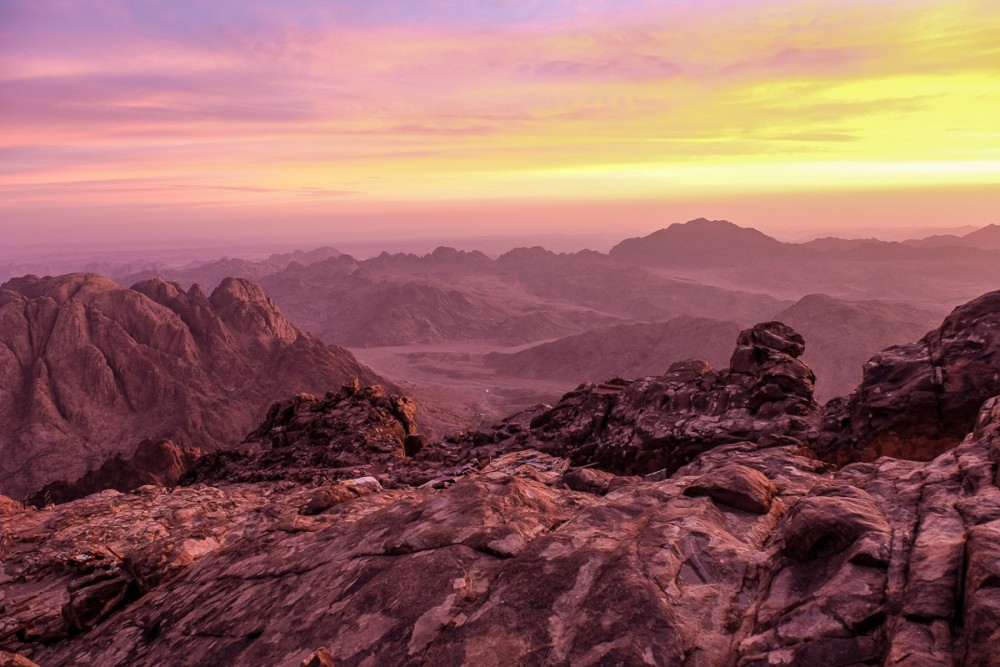


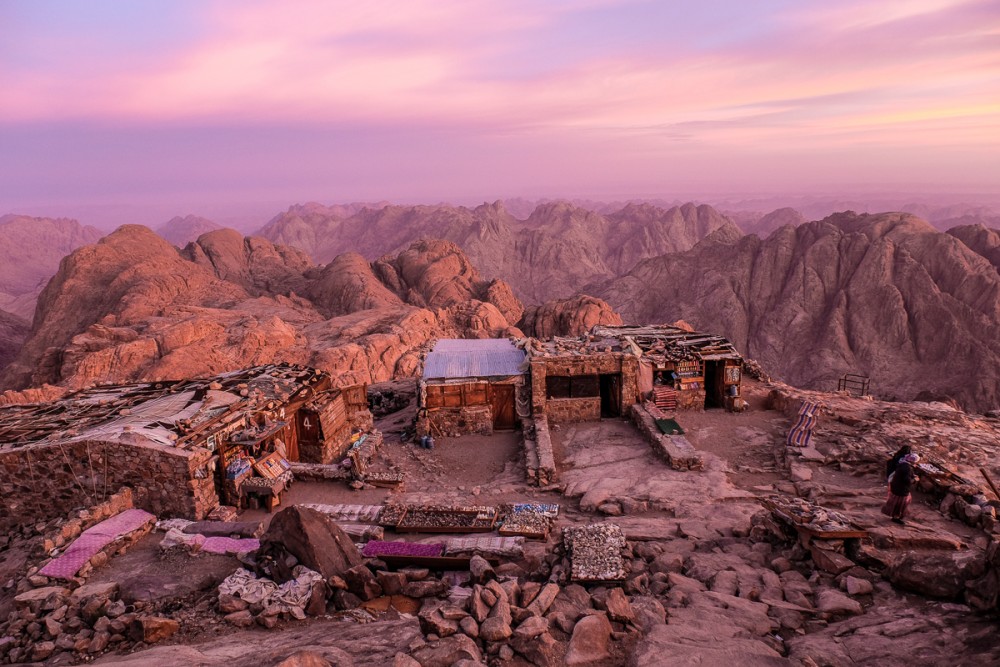

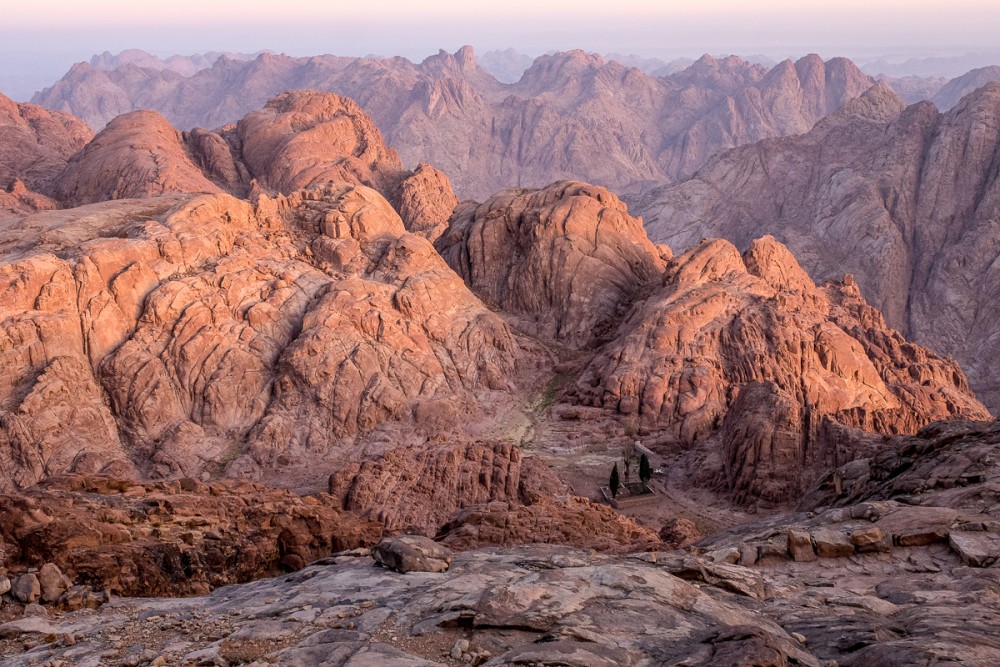
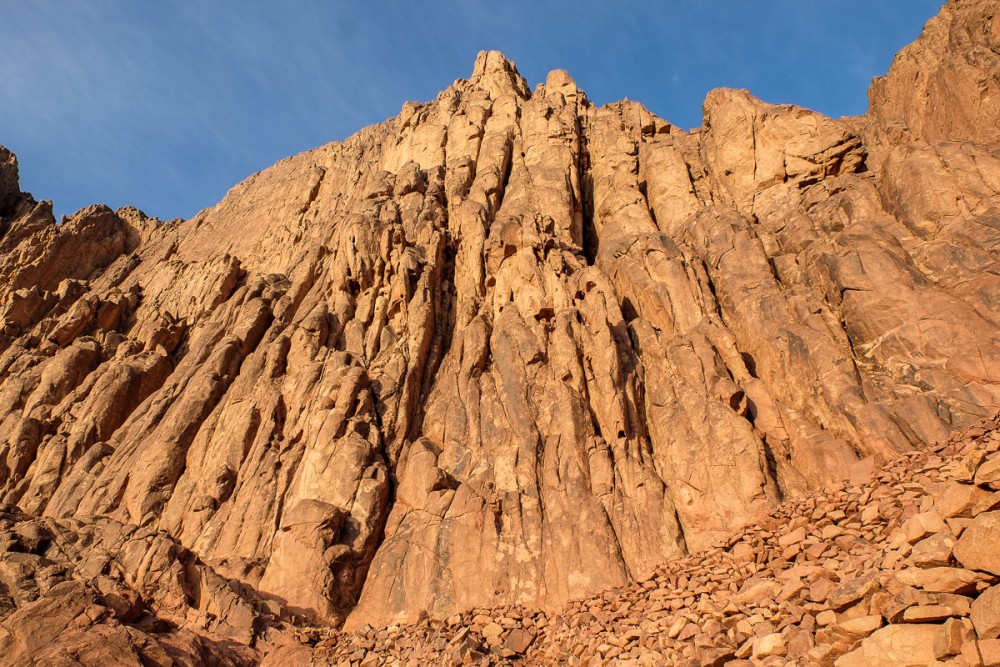
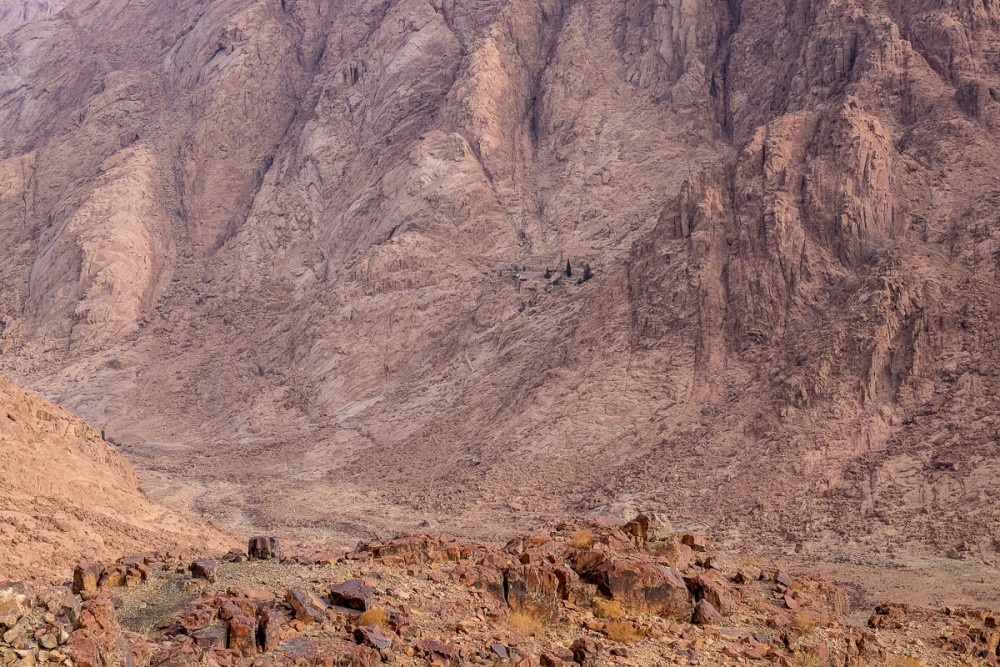
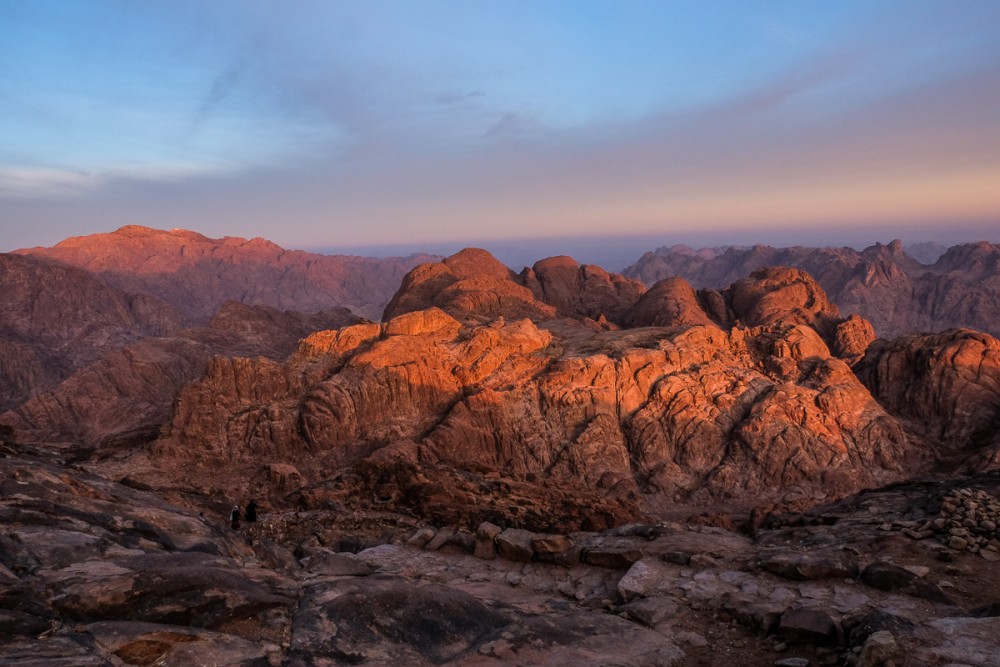


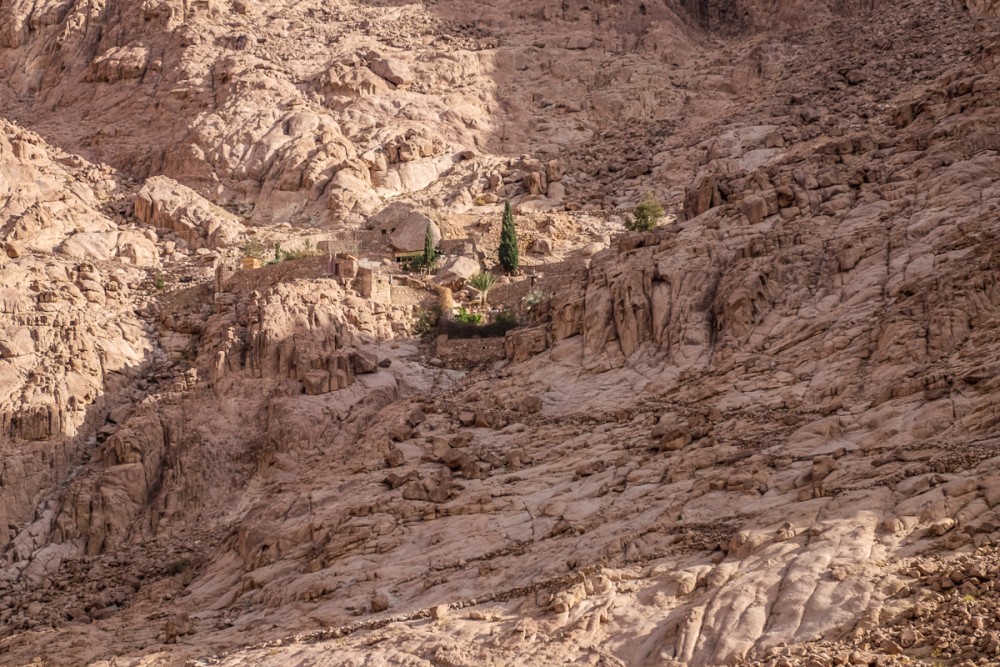
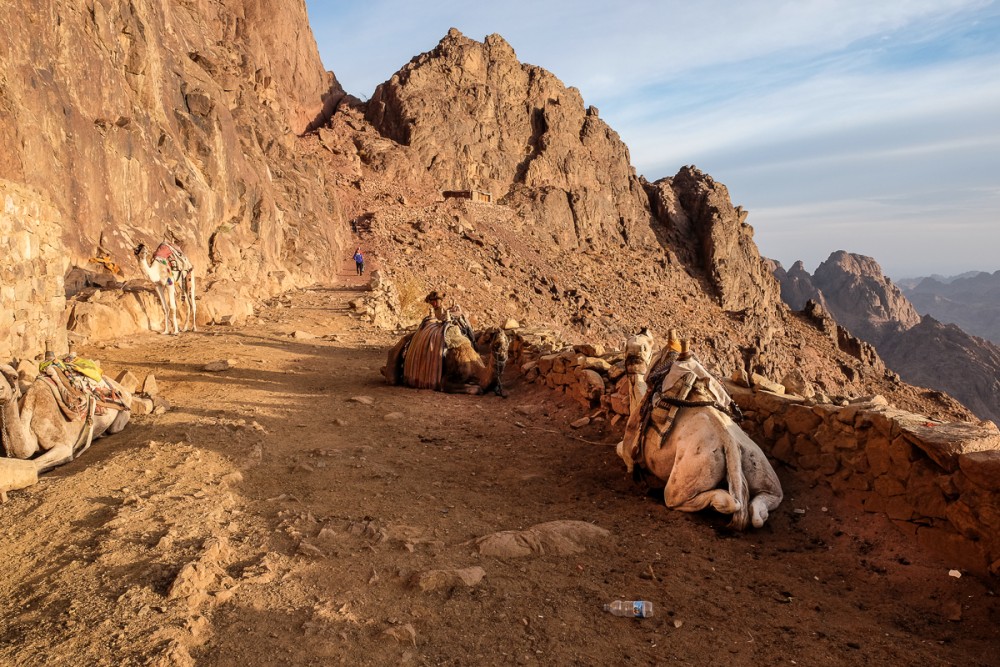
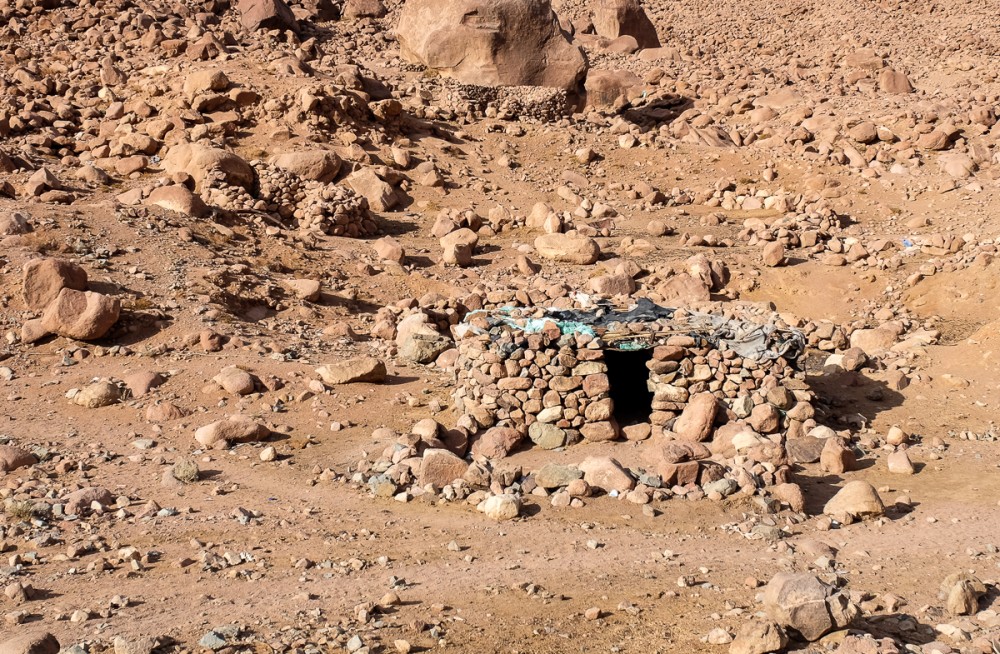
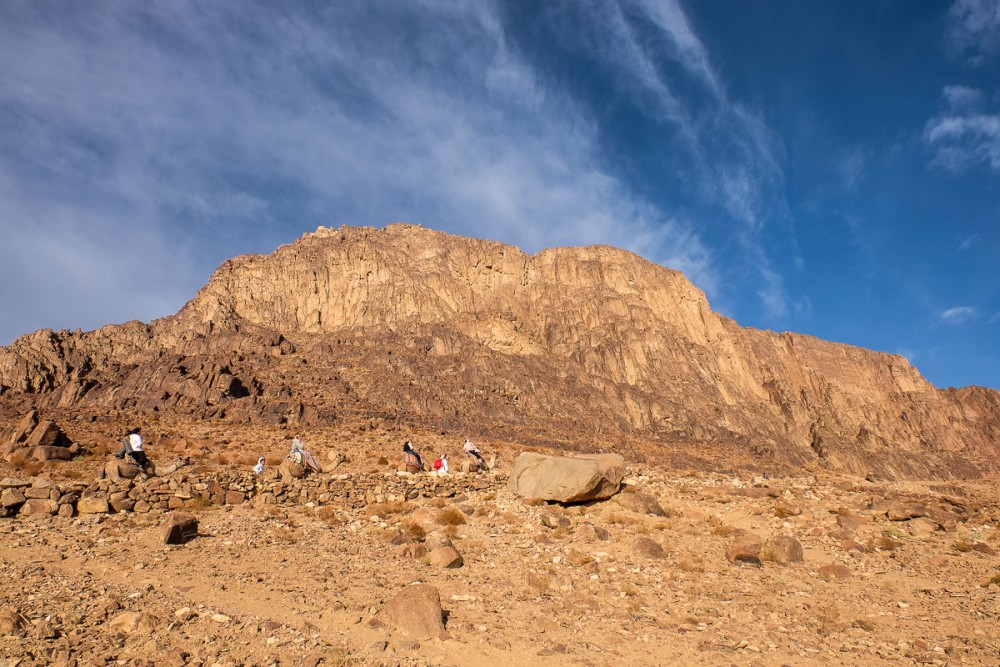
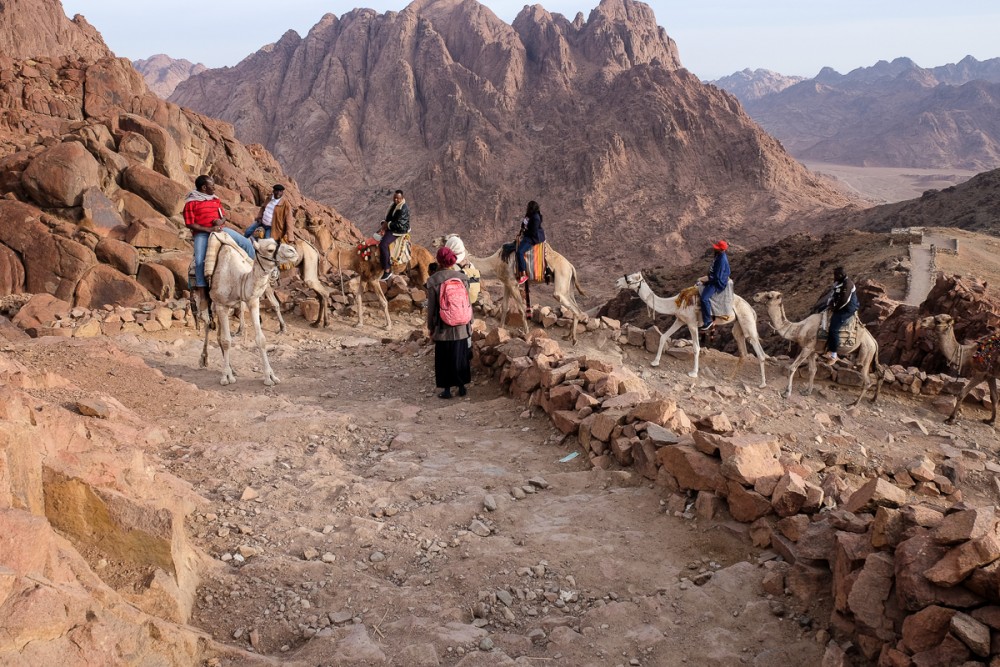
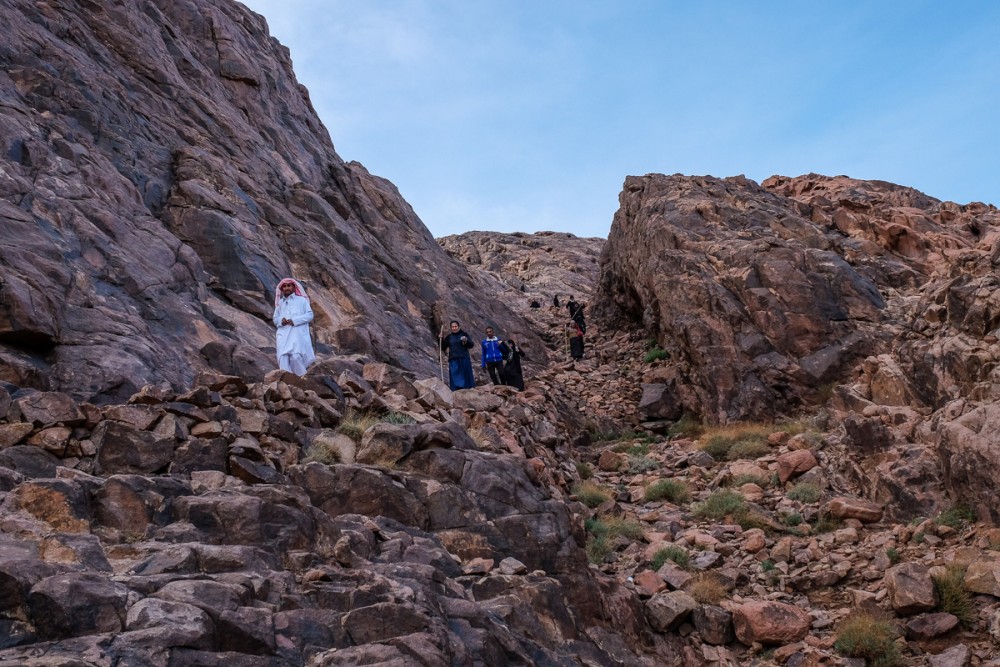
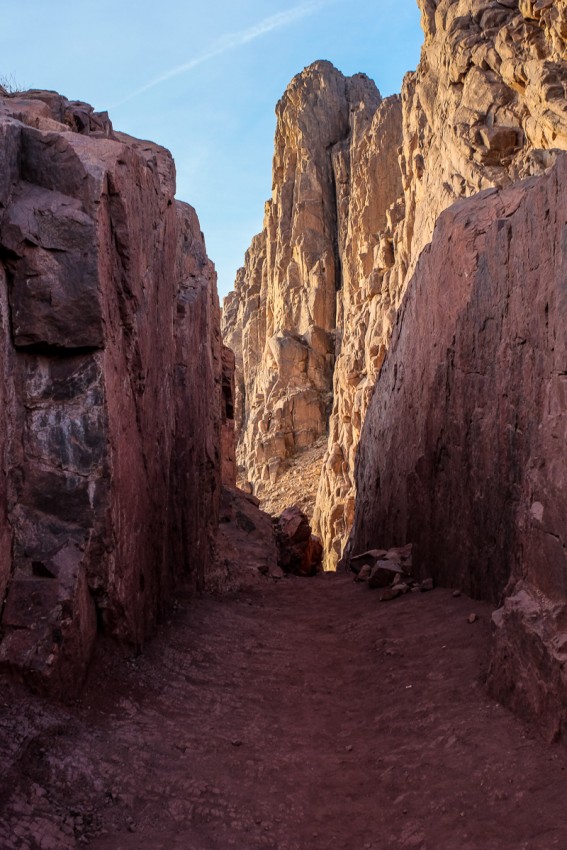
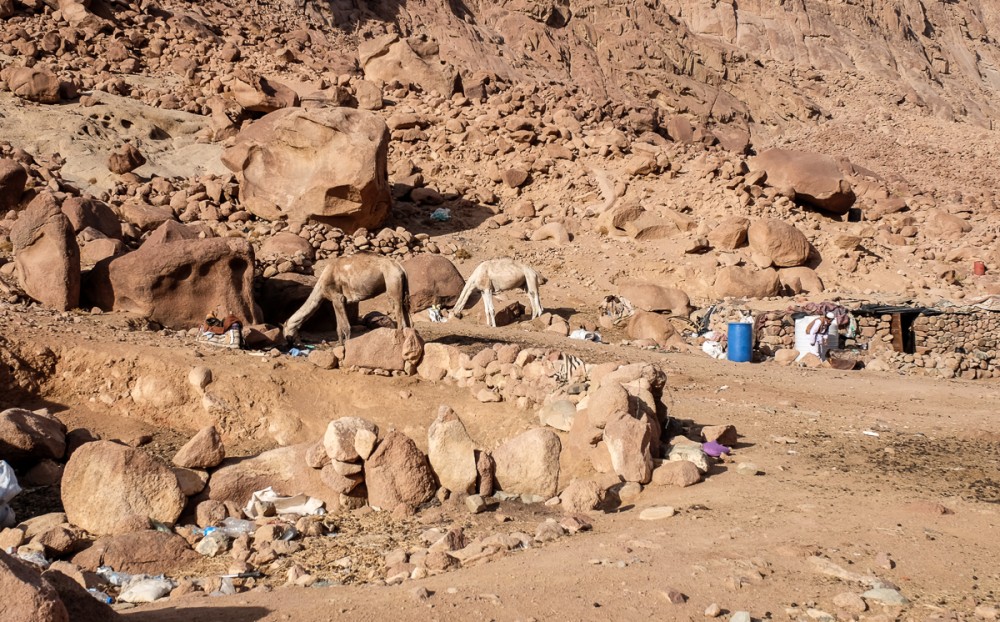
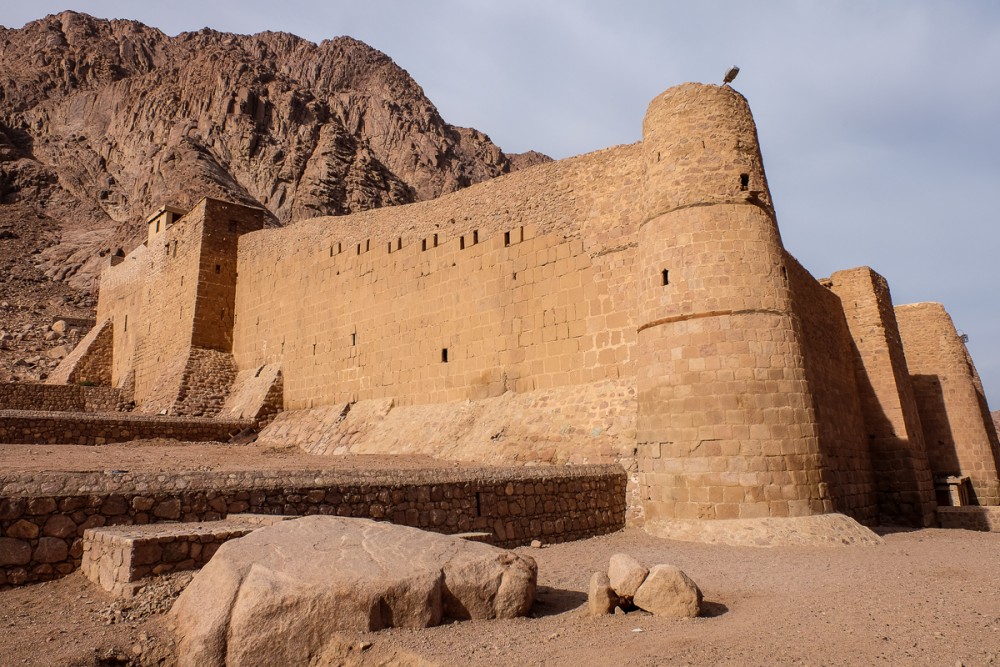
Among your wonderful pictures, I found one, I would like to use in the following newsletter of our church to illustrate a verse from the bible (First Book of Kings 19, 11-13). The picture I mean is named: A view of the dales beneath Mt. Sinai, Photo by Archpriest Igor Pchelintsev.
Our church is the german speaking catholic church of Brussels, St. Paulus in Belgium, the name of our newsletter is PaulusRundbrief. Our newsletter appears 6 times a year and is sent at no charges to members and friends of our church. Further information about our church and our newsletter are available on our website www.sankt-paulus.eu. Could you please give me the permission to use it?